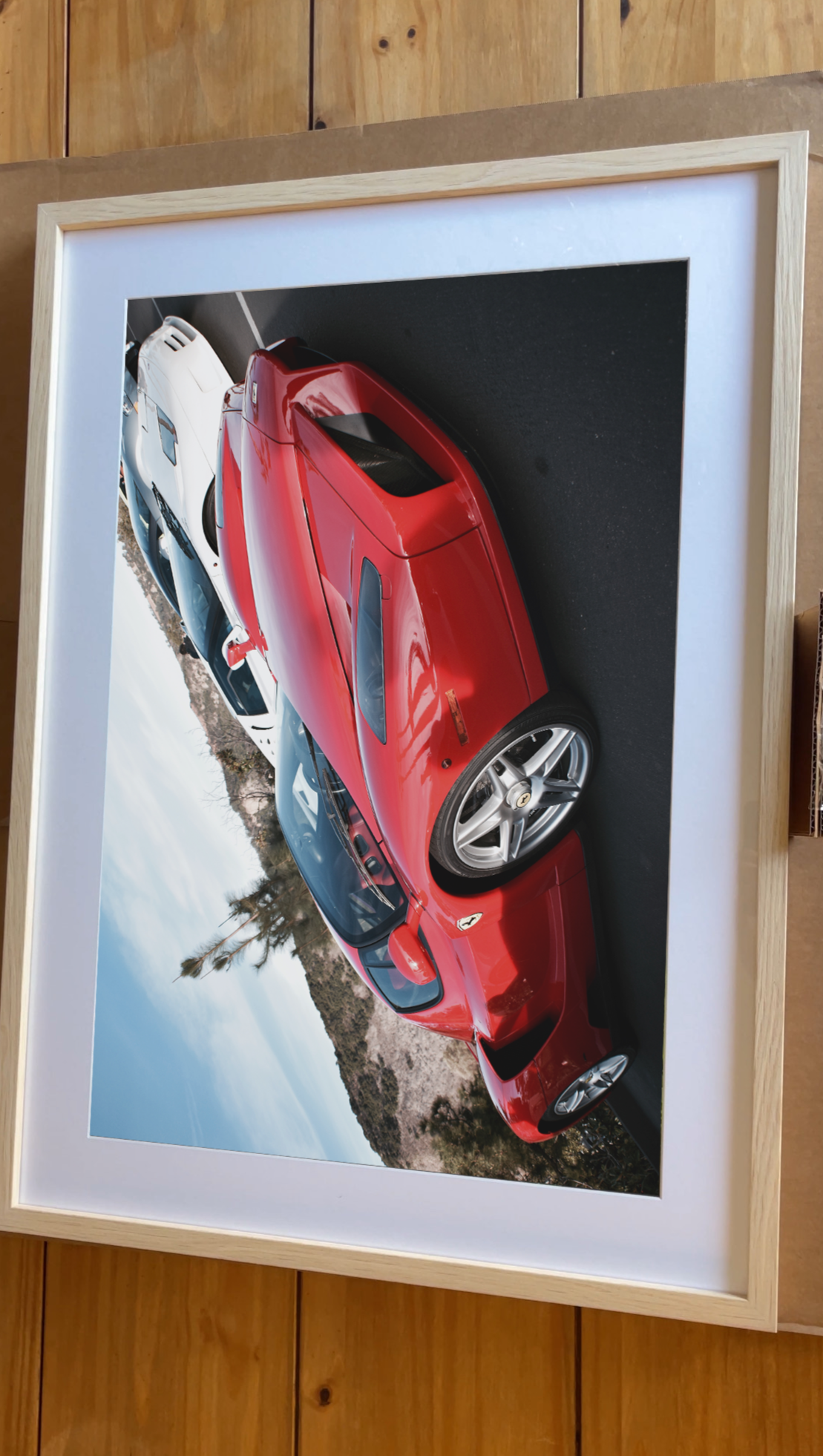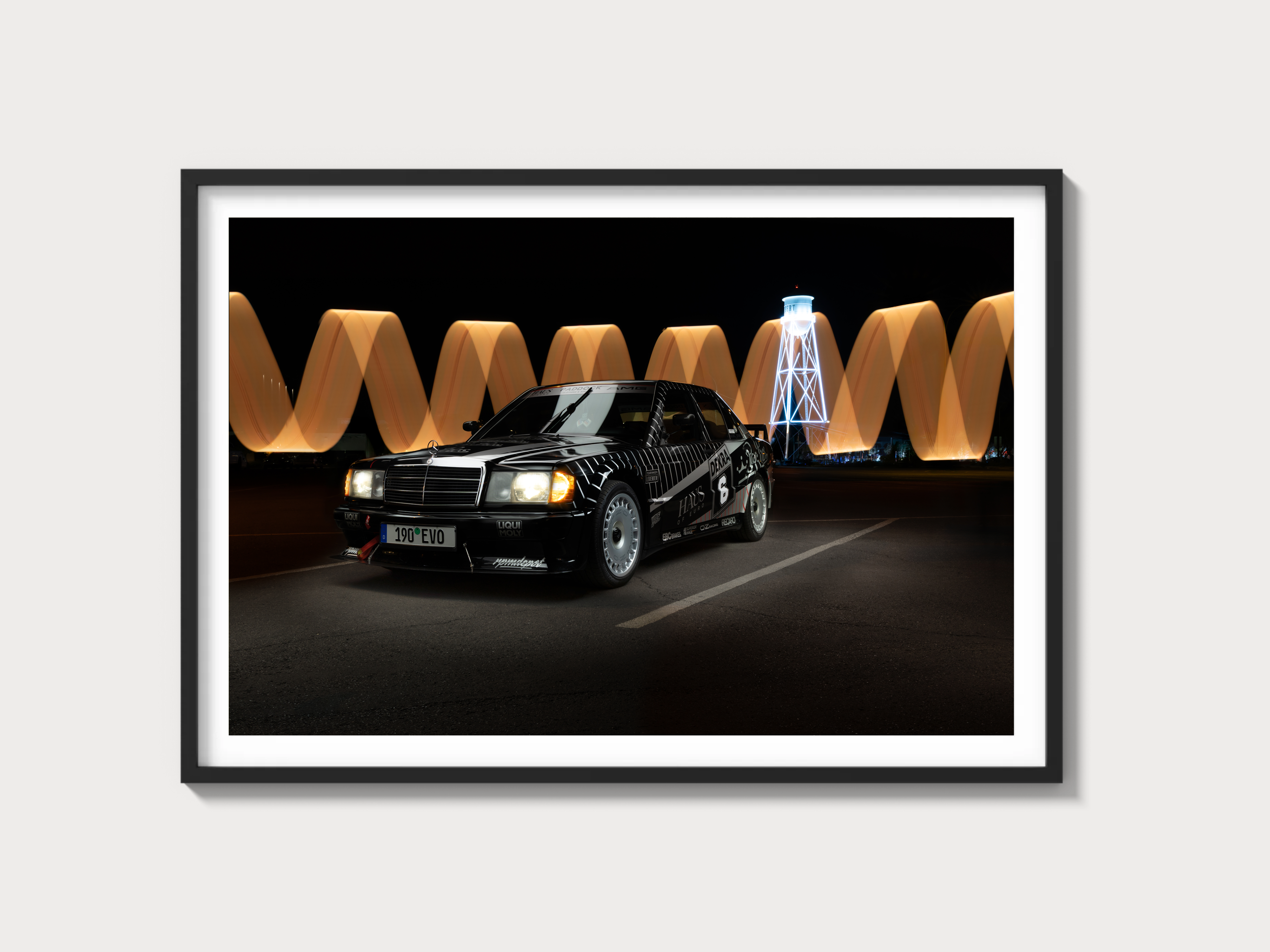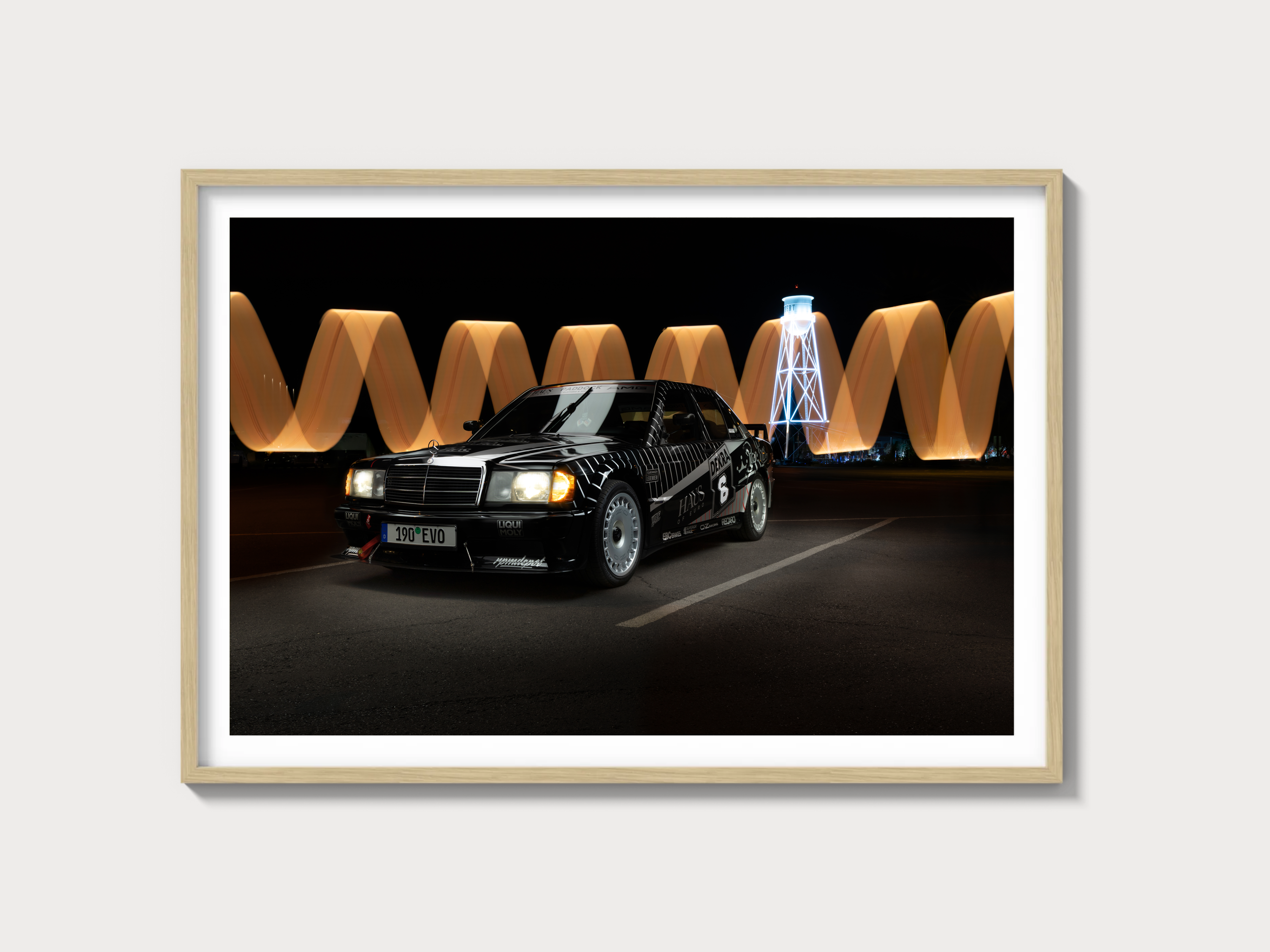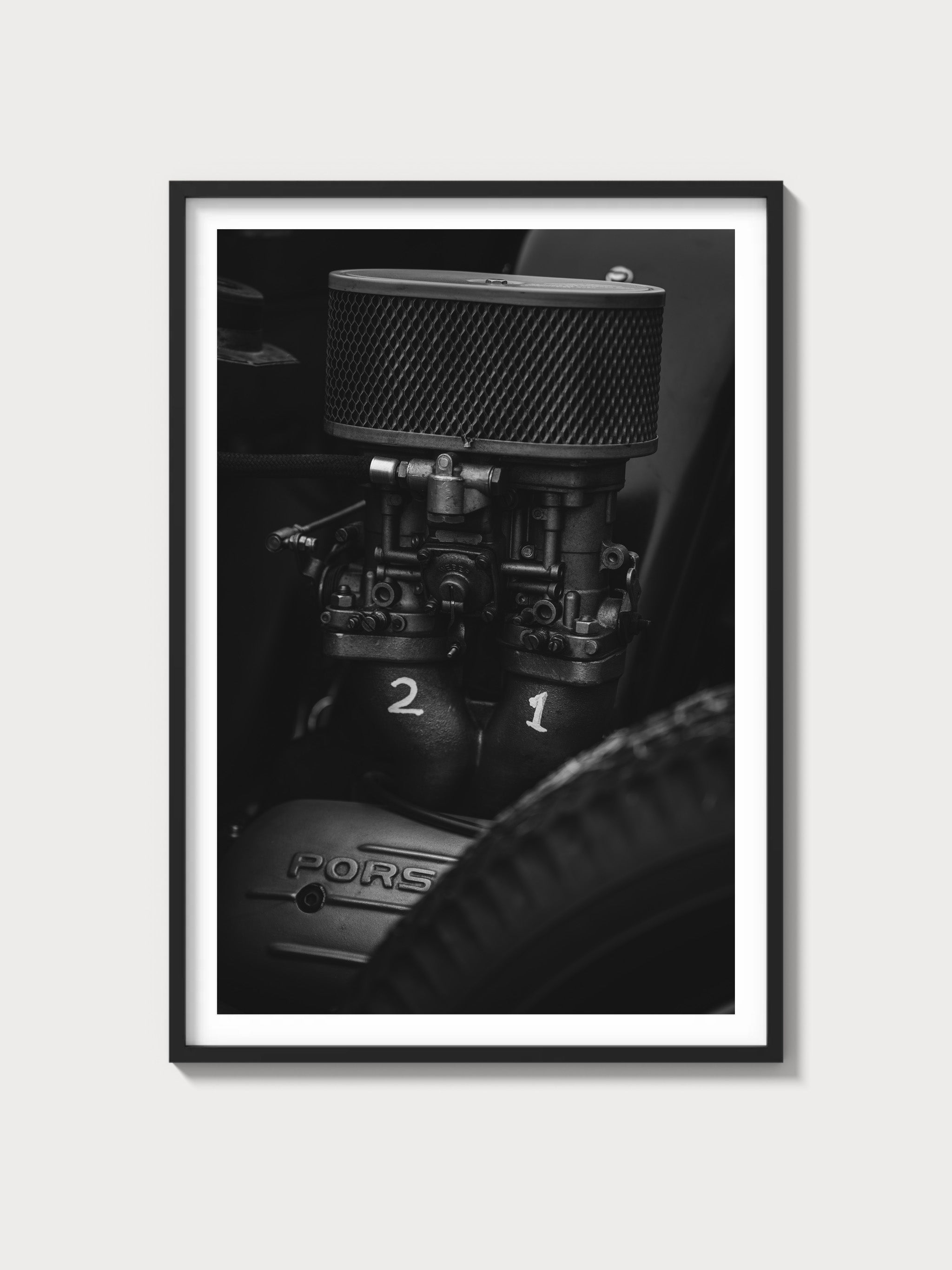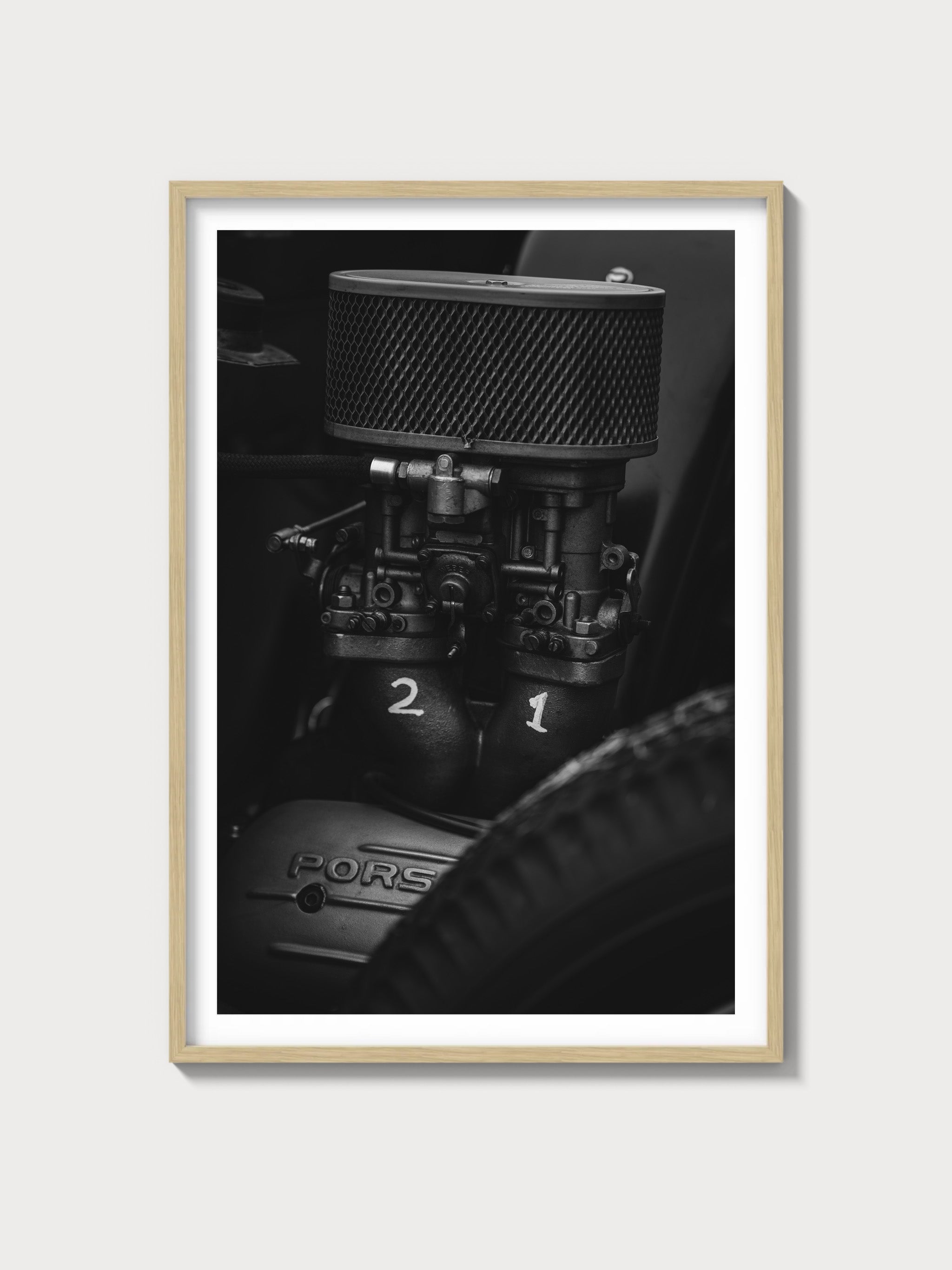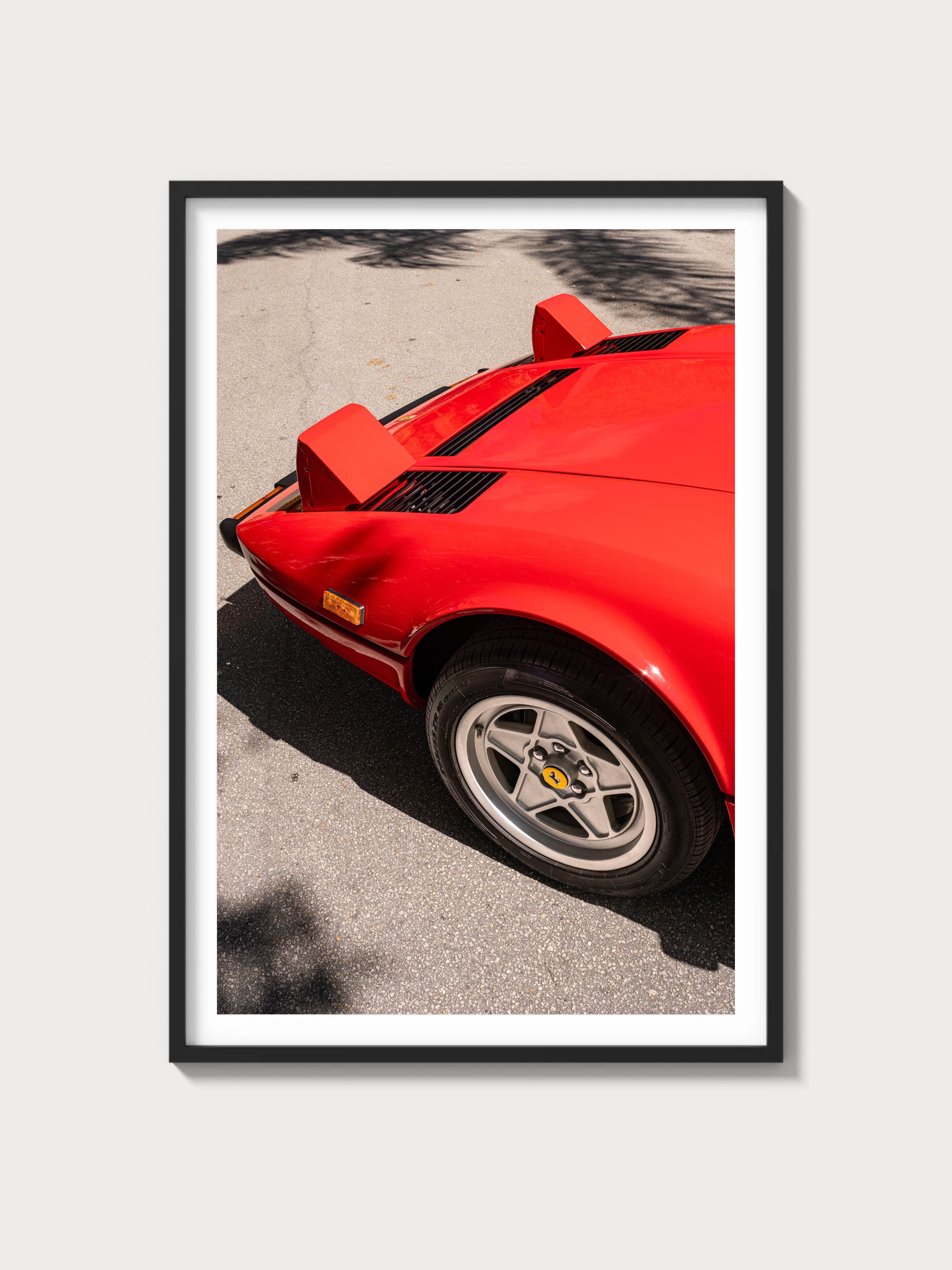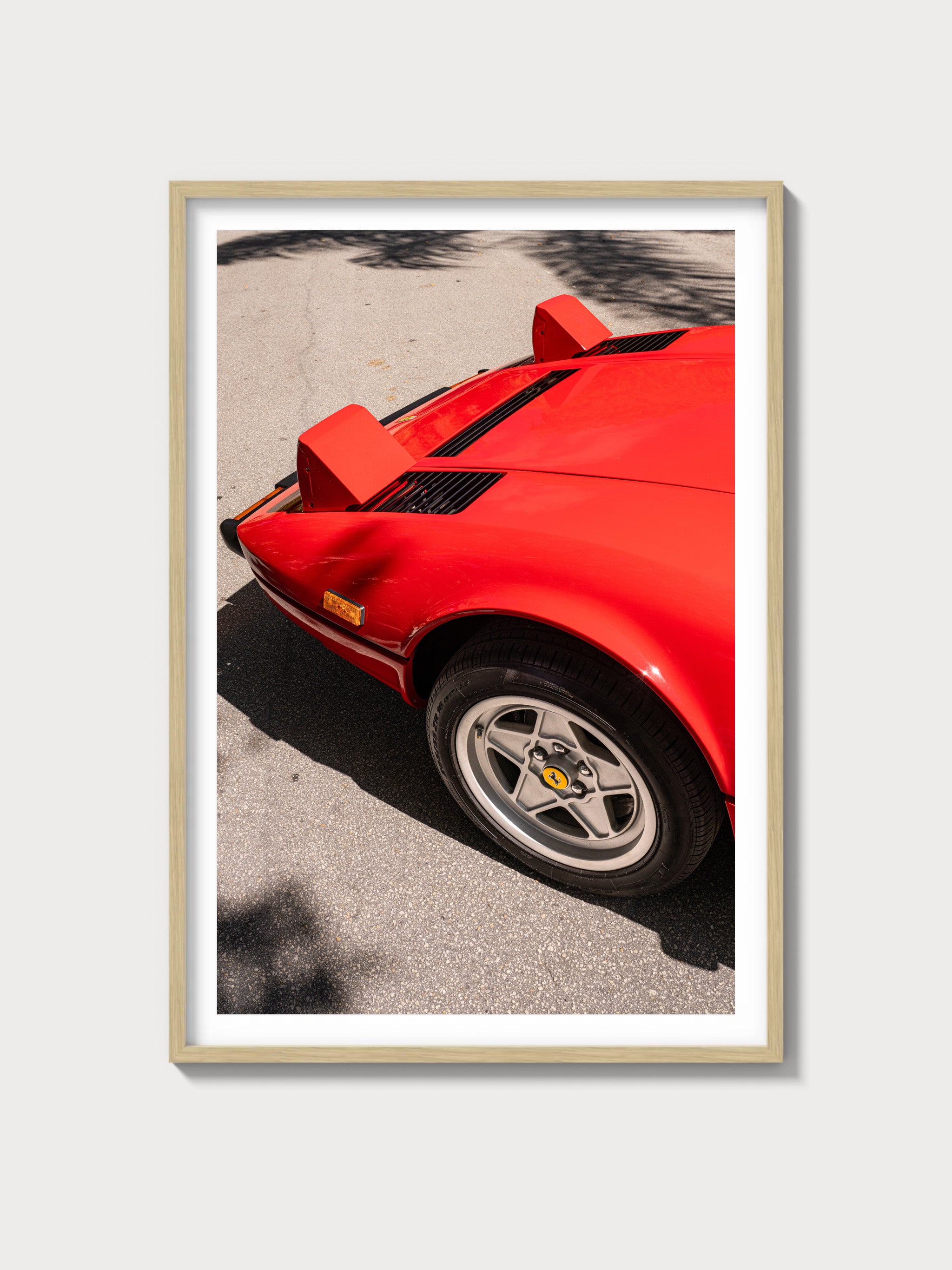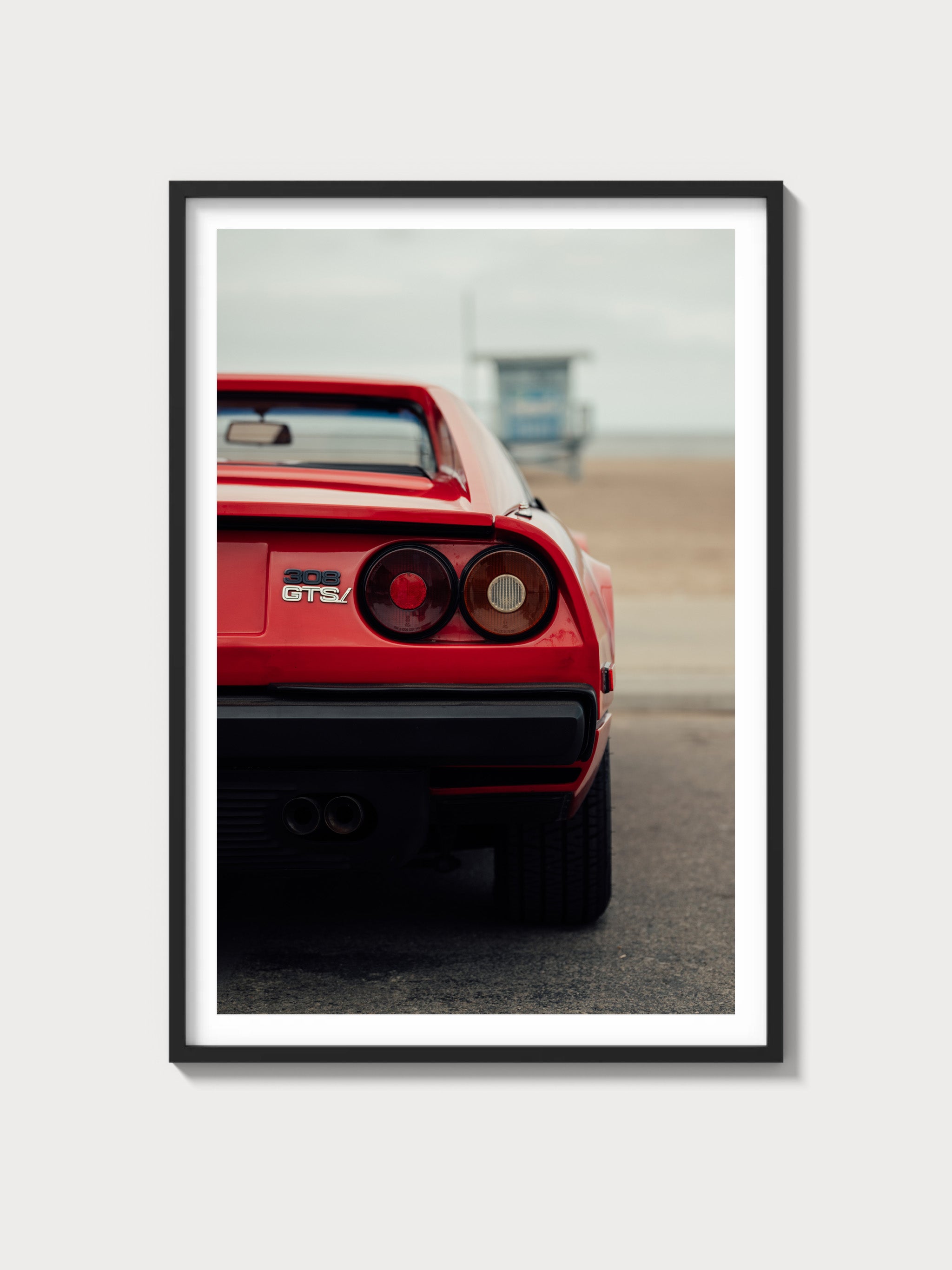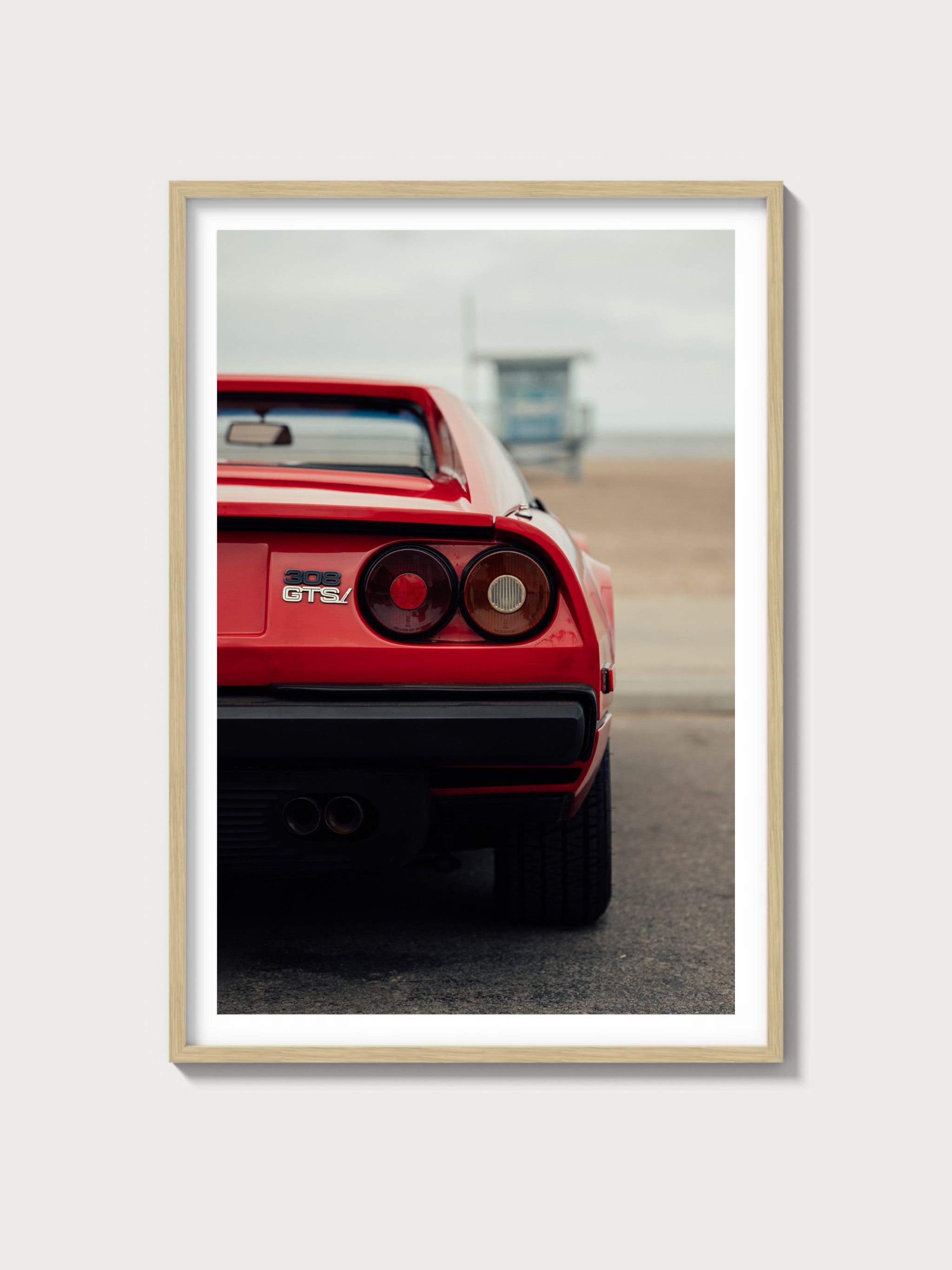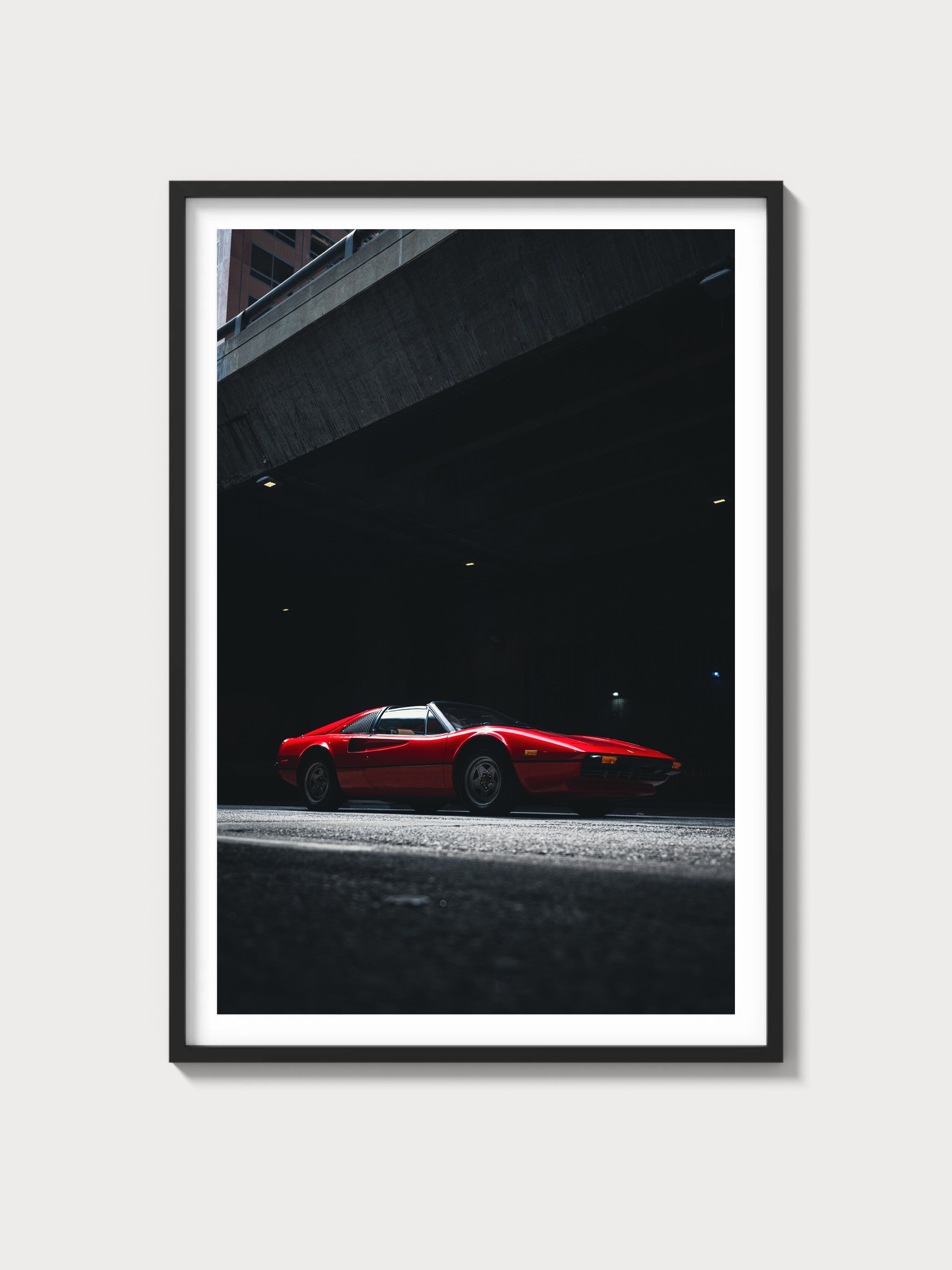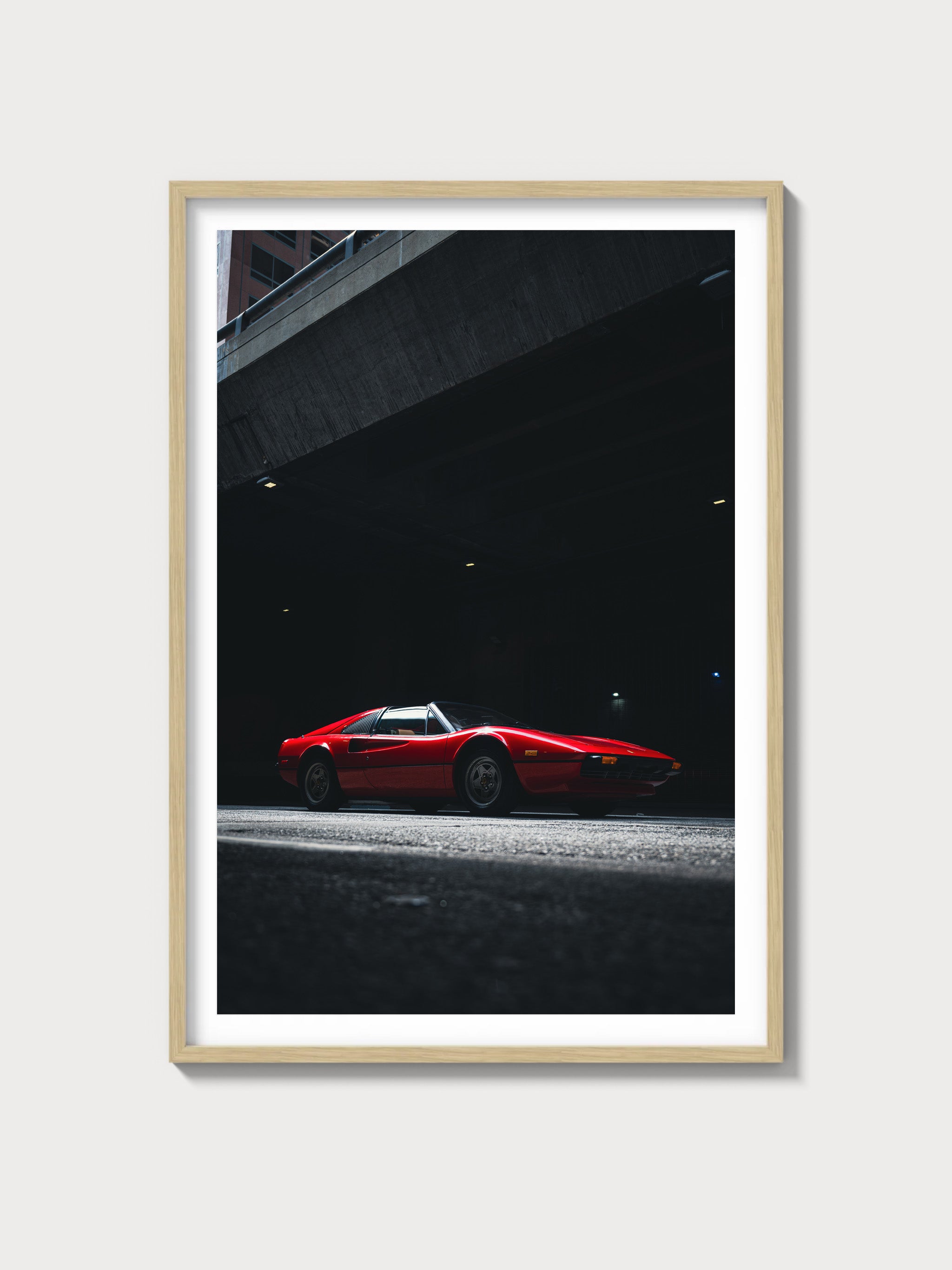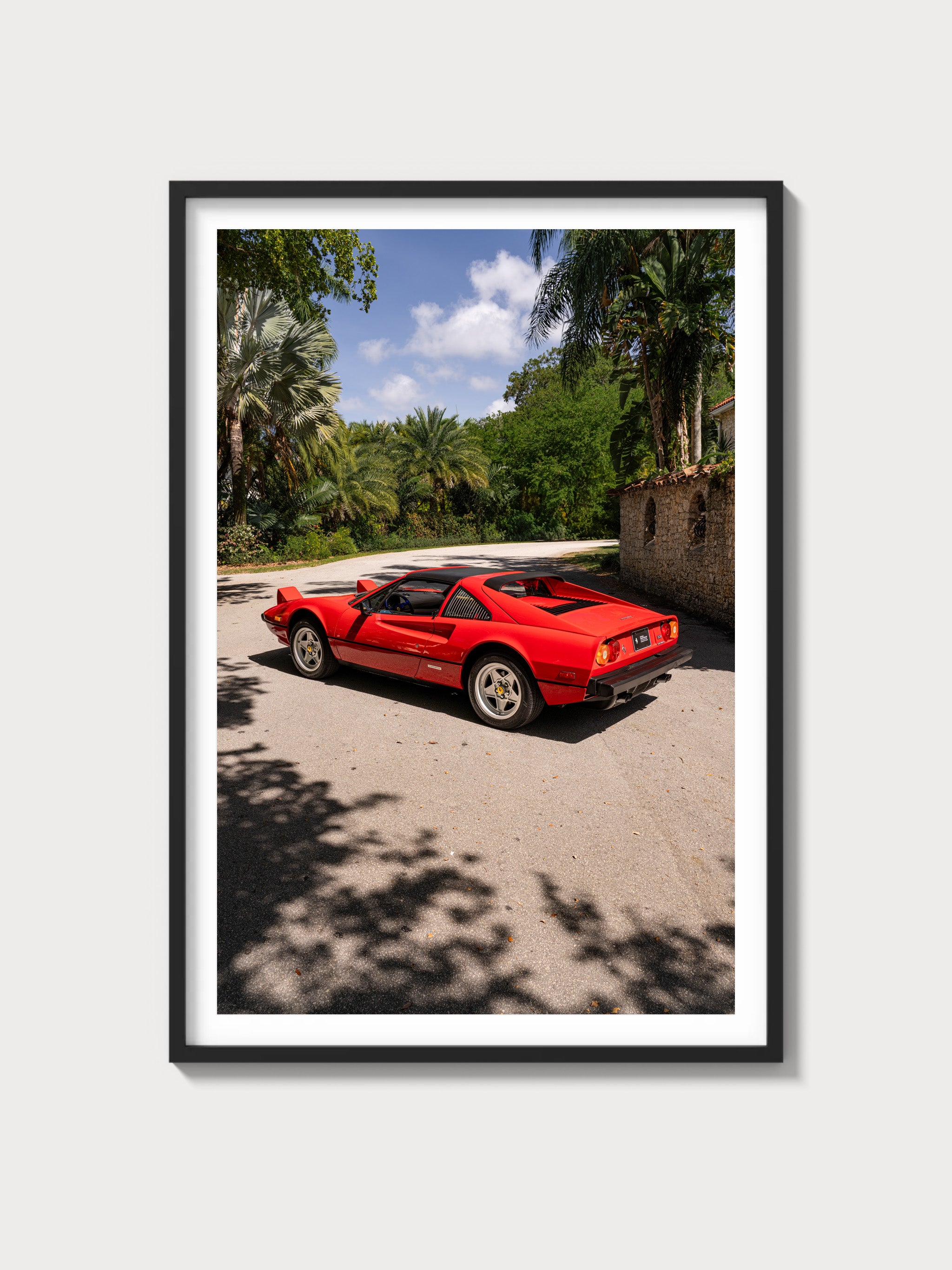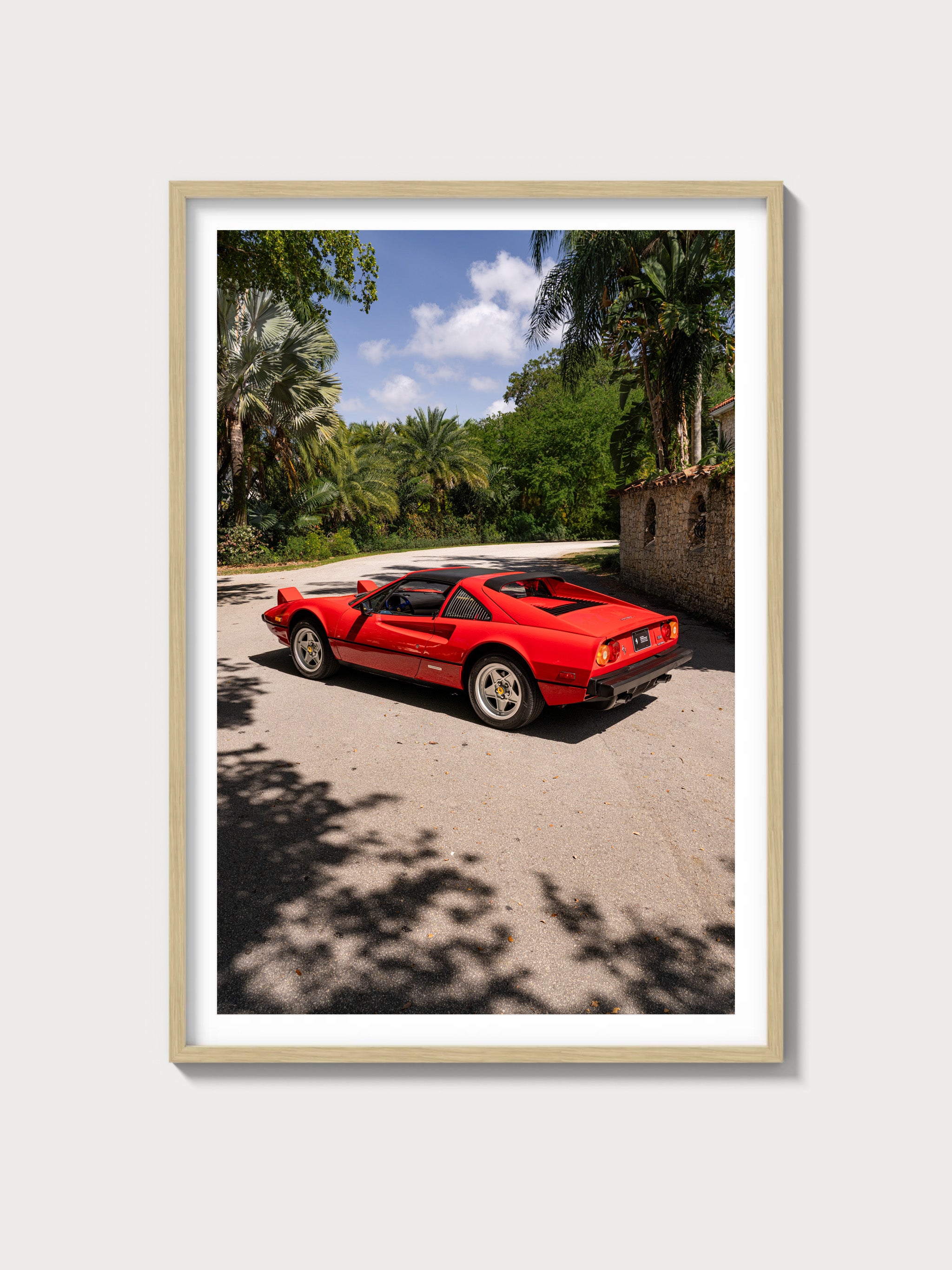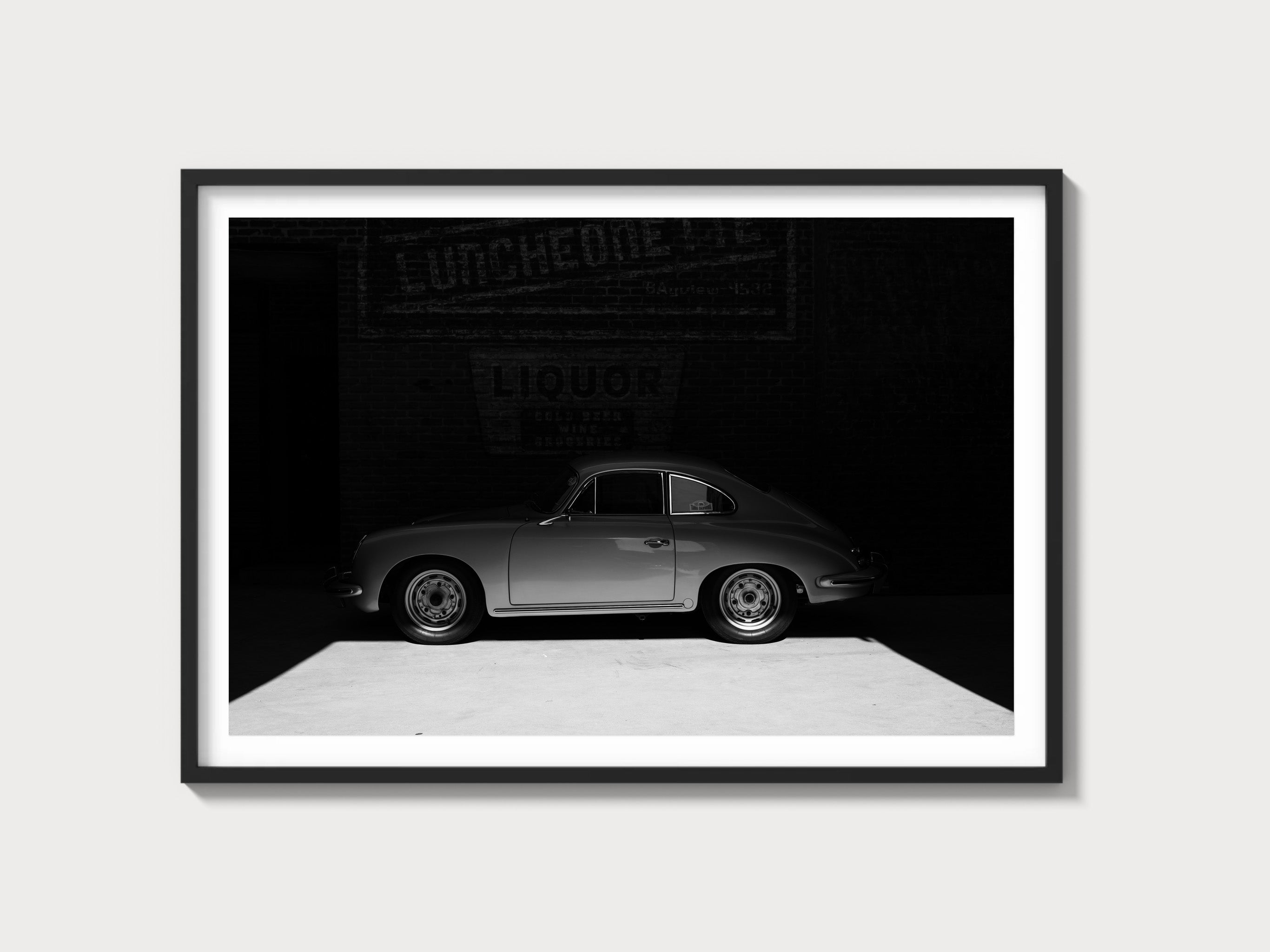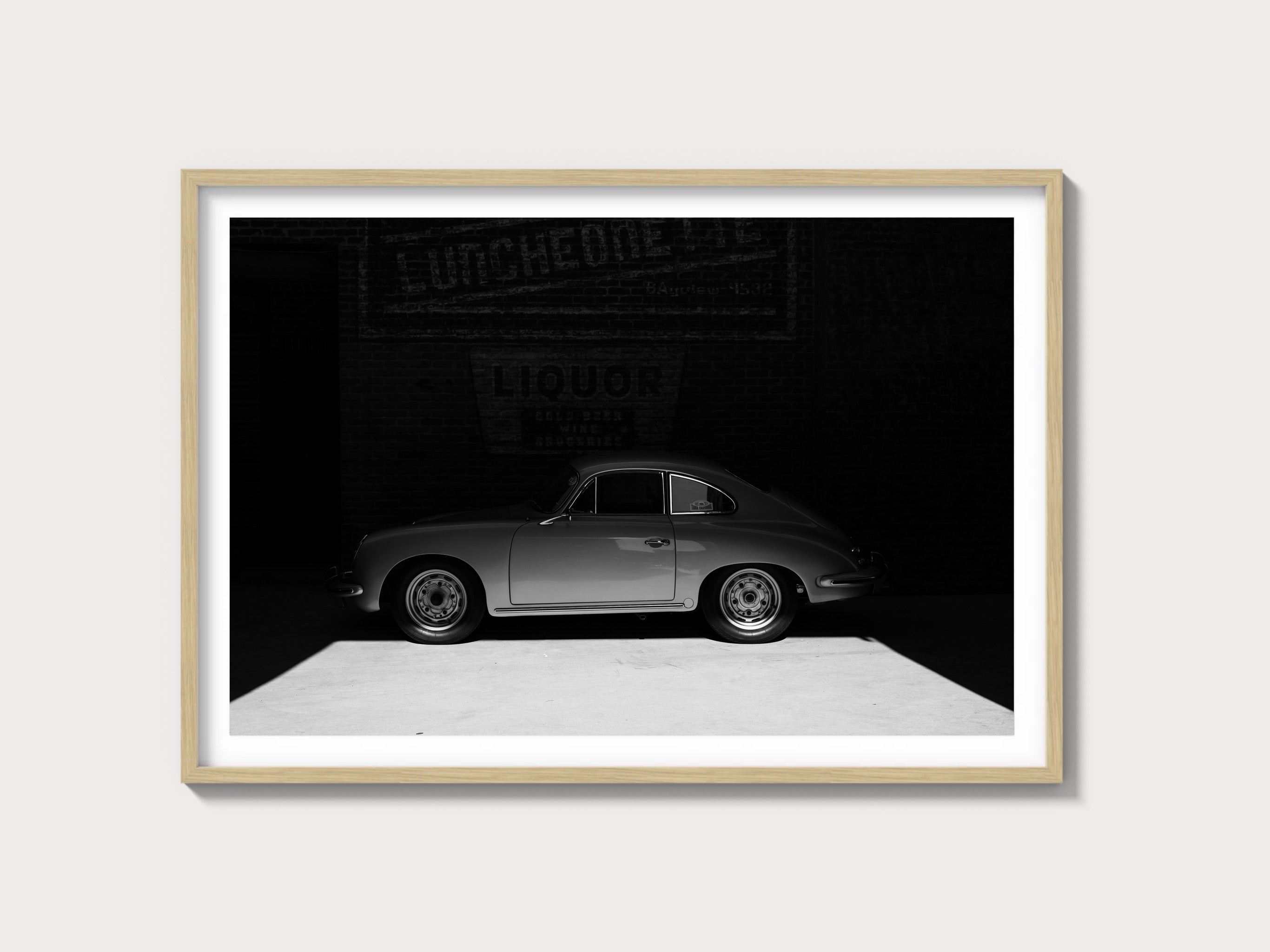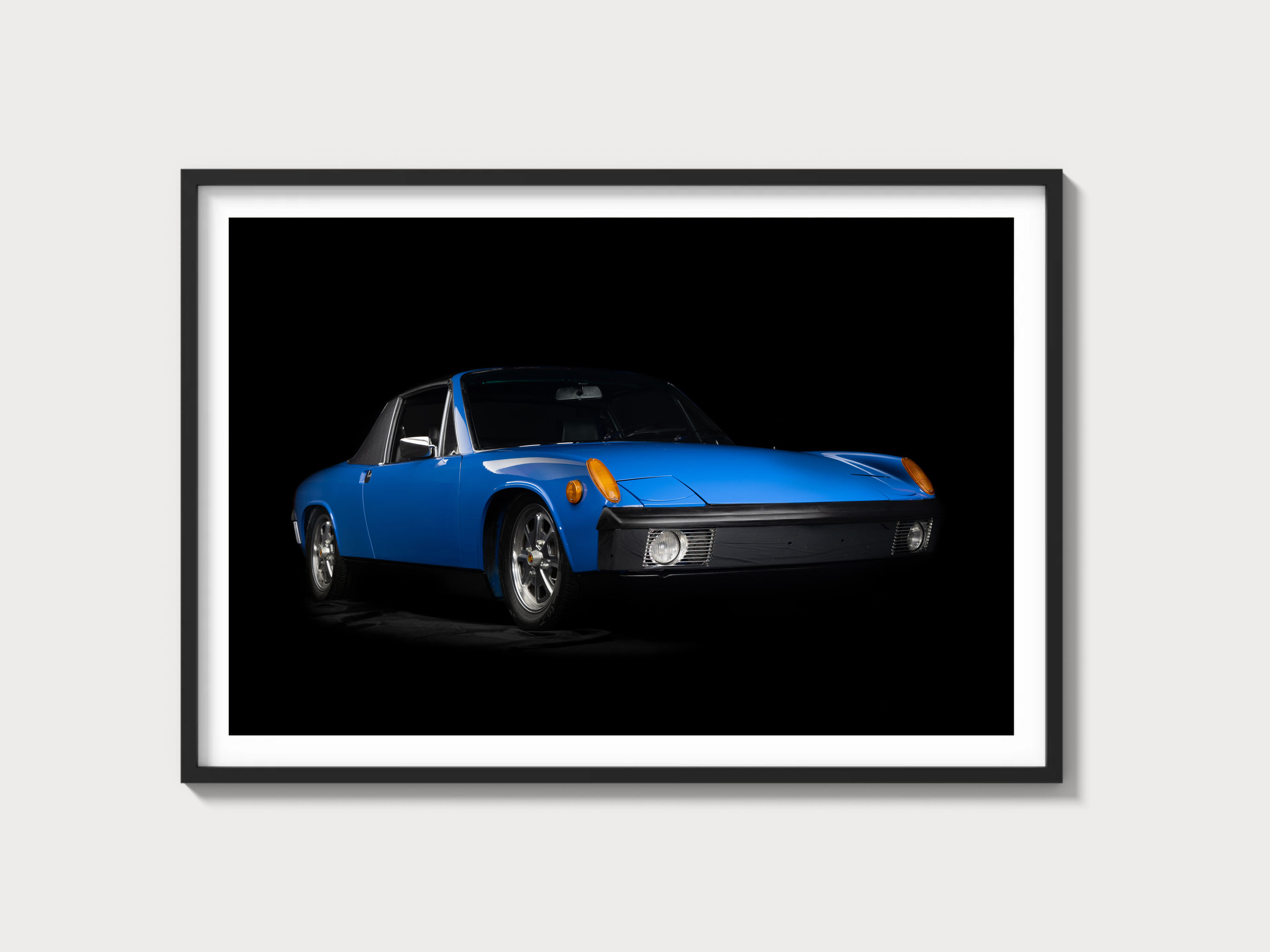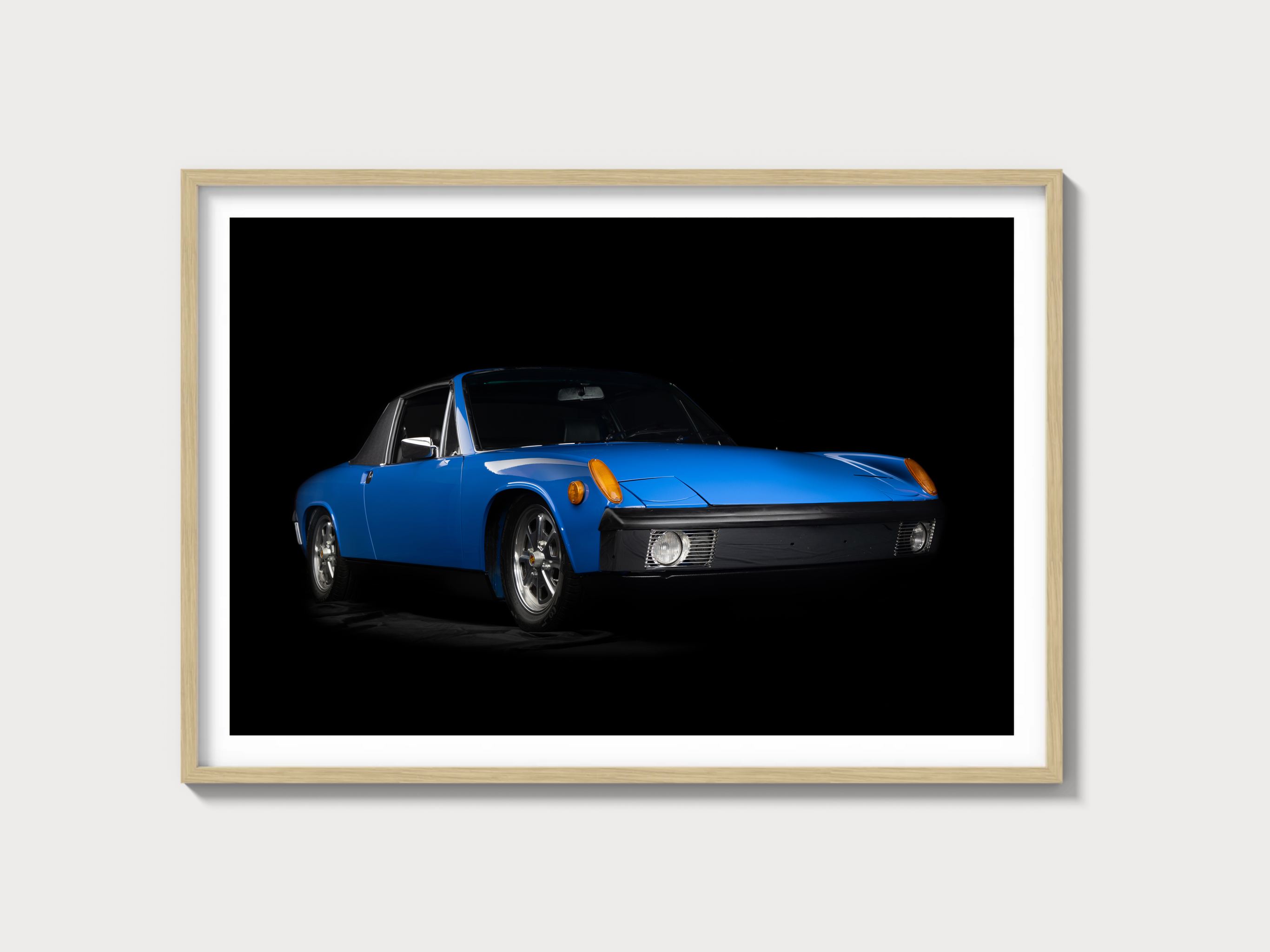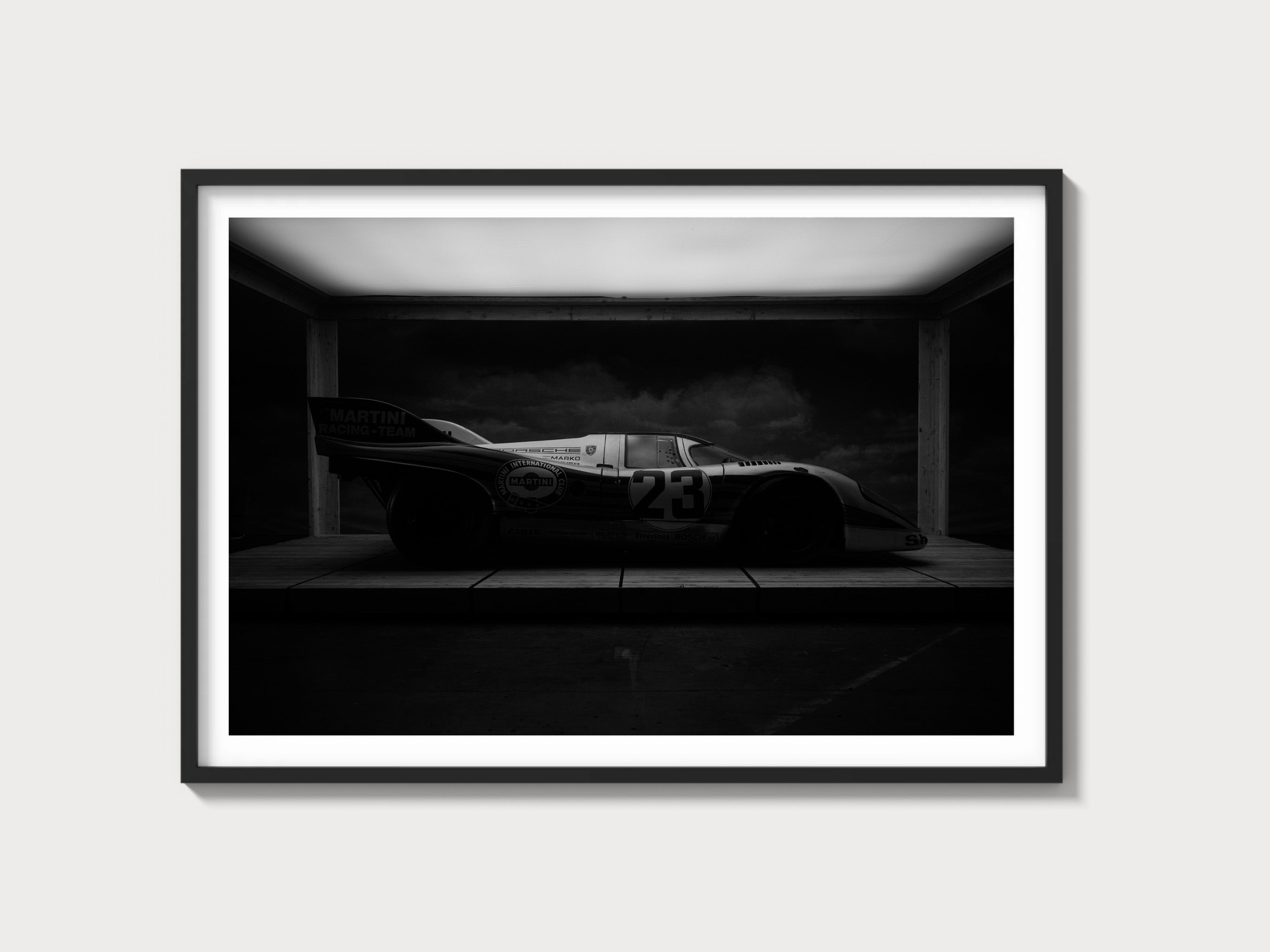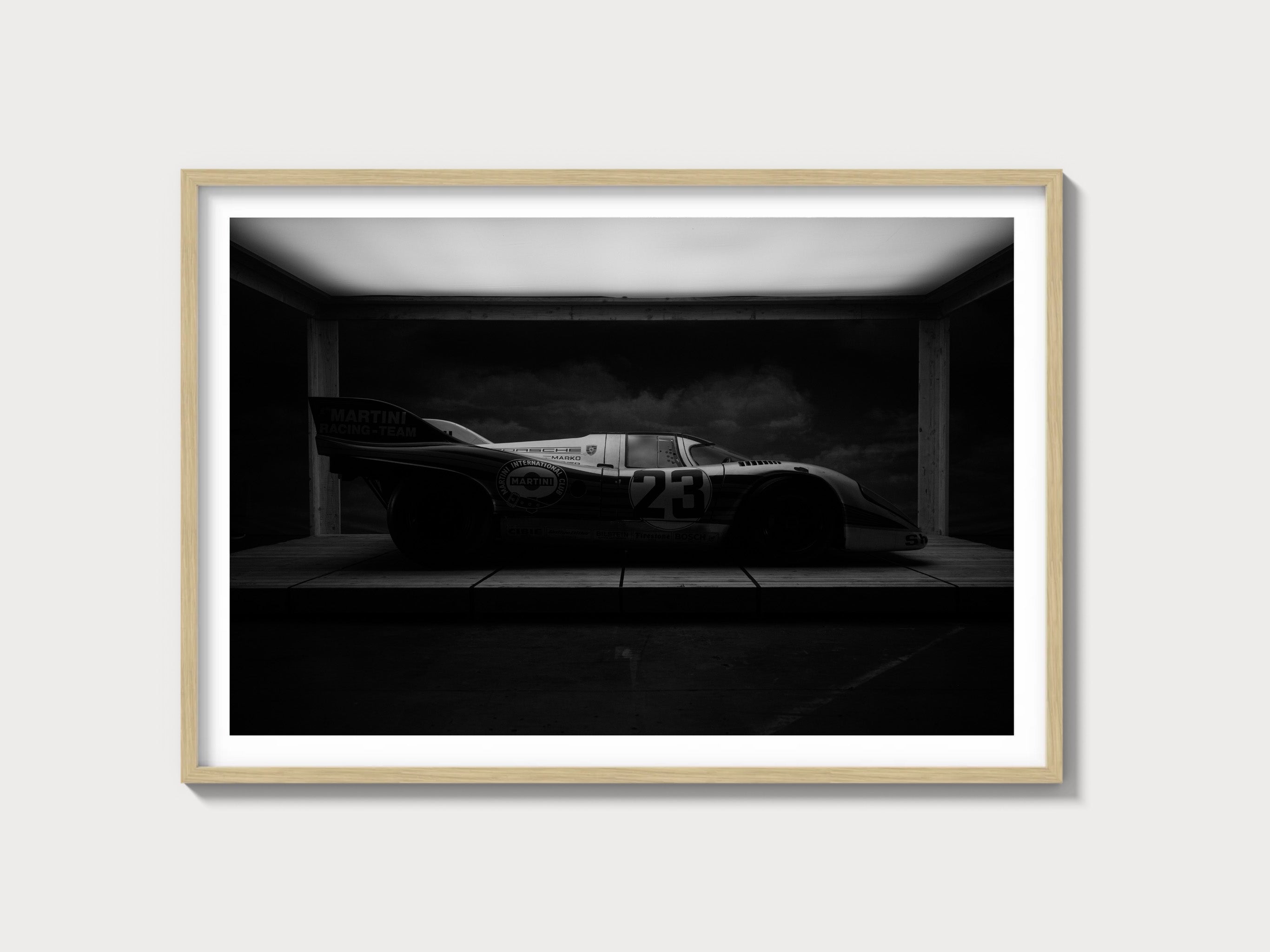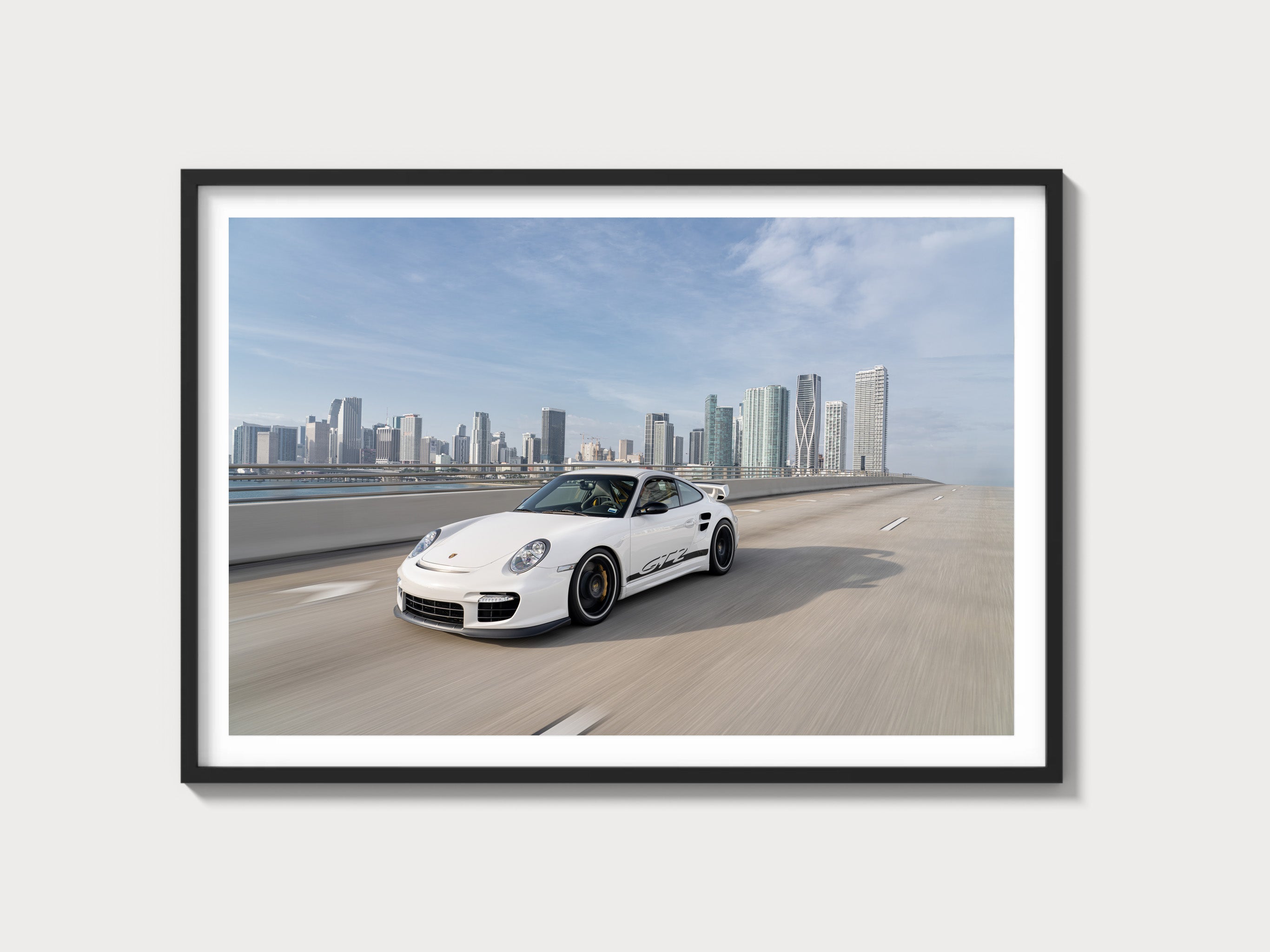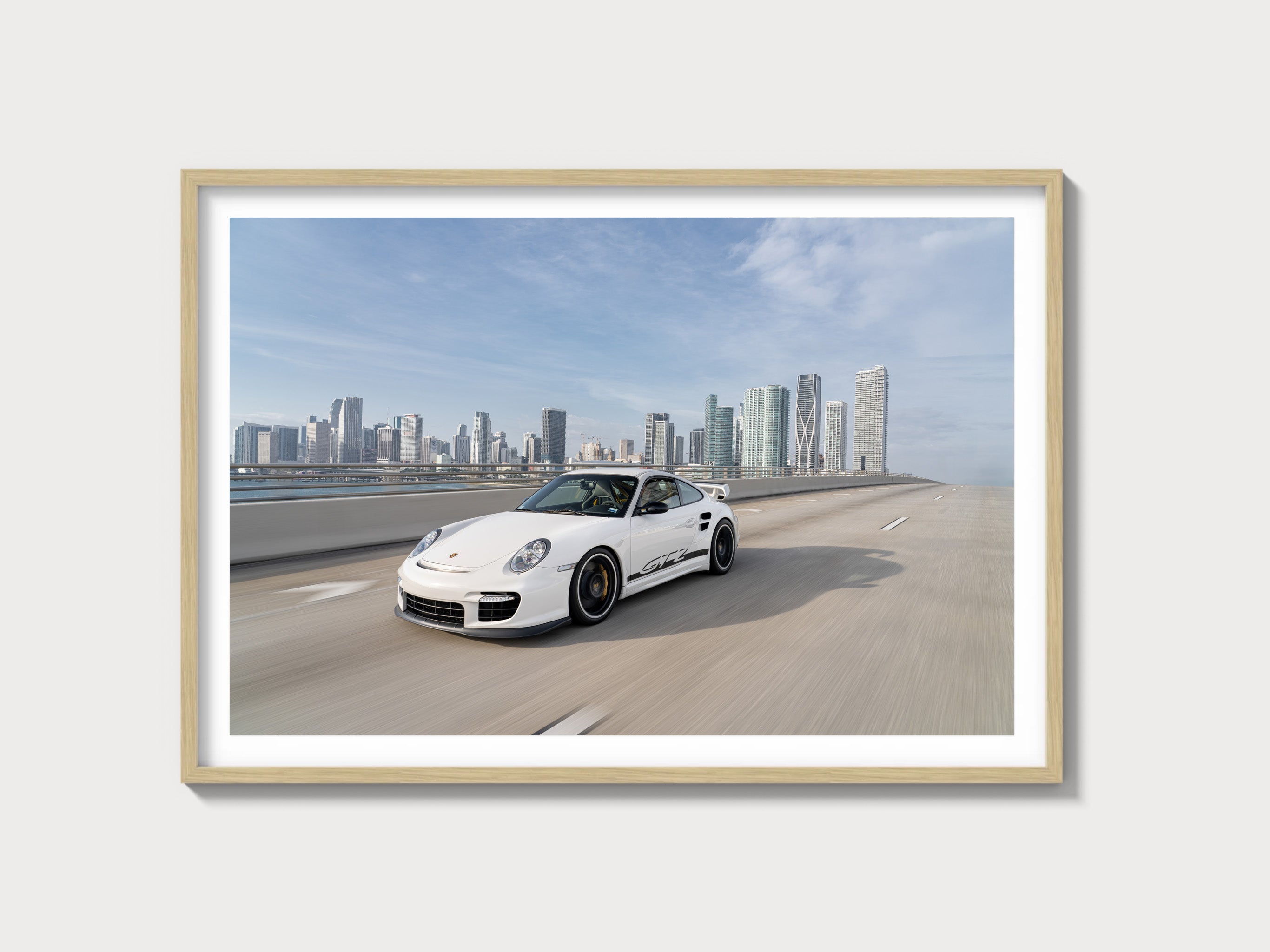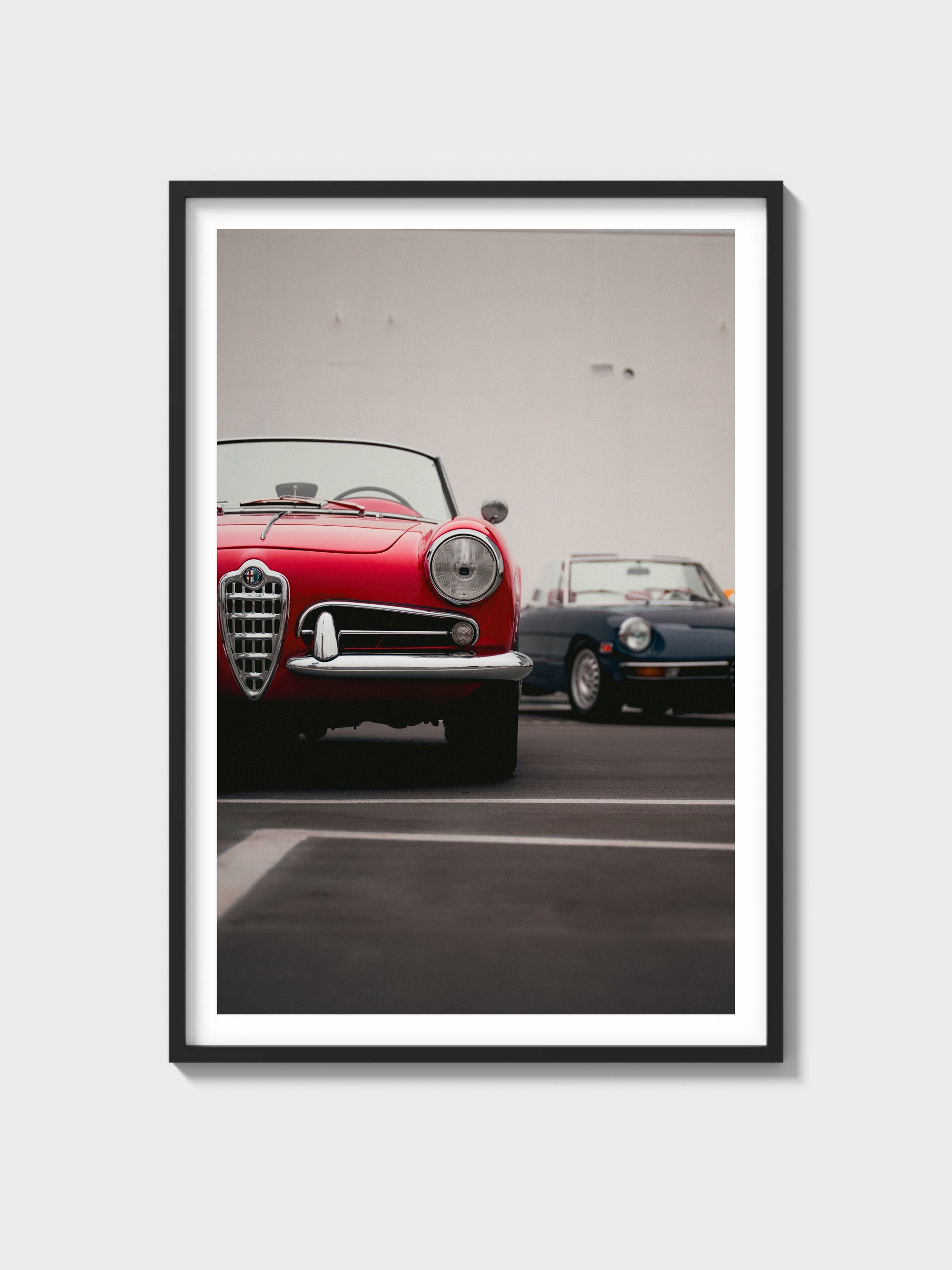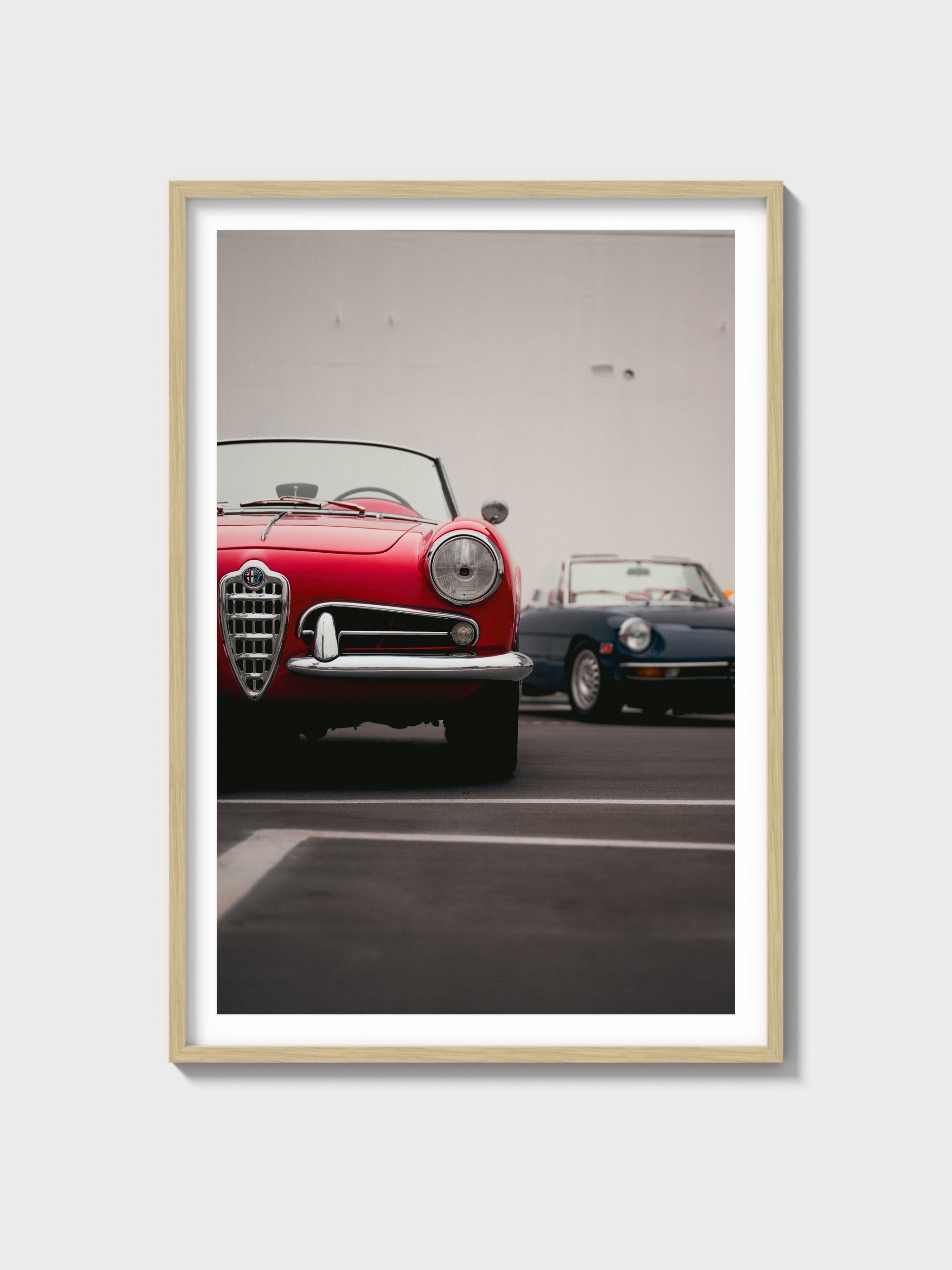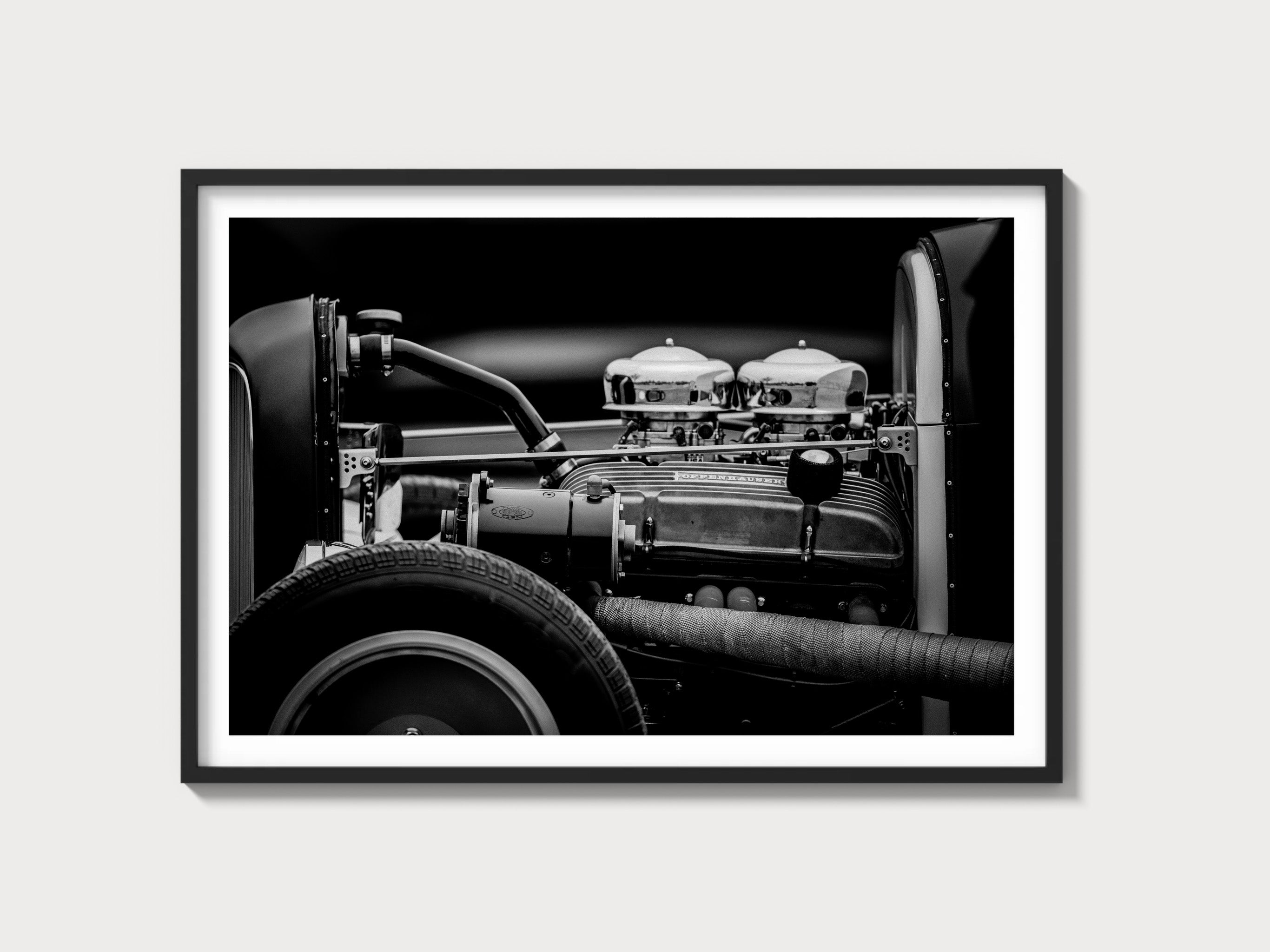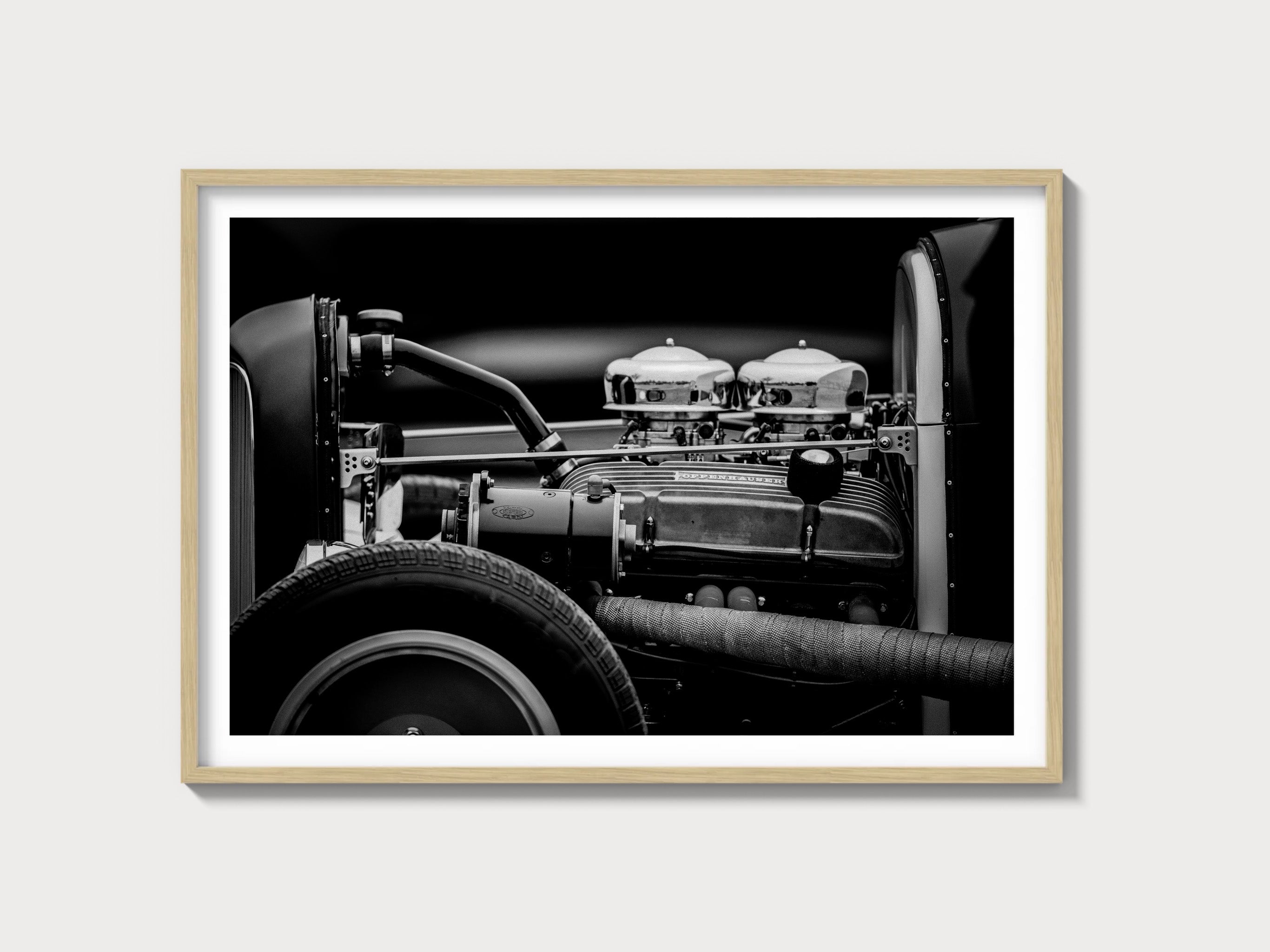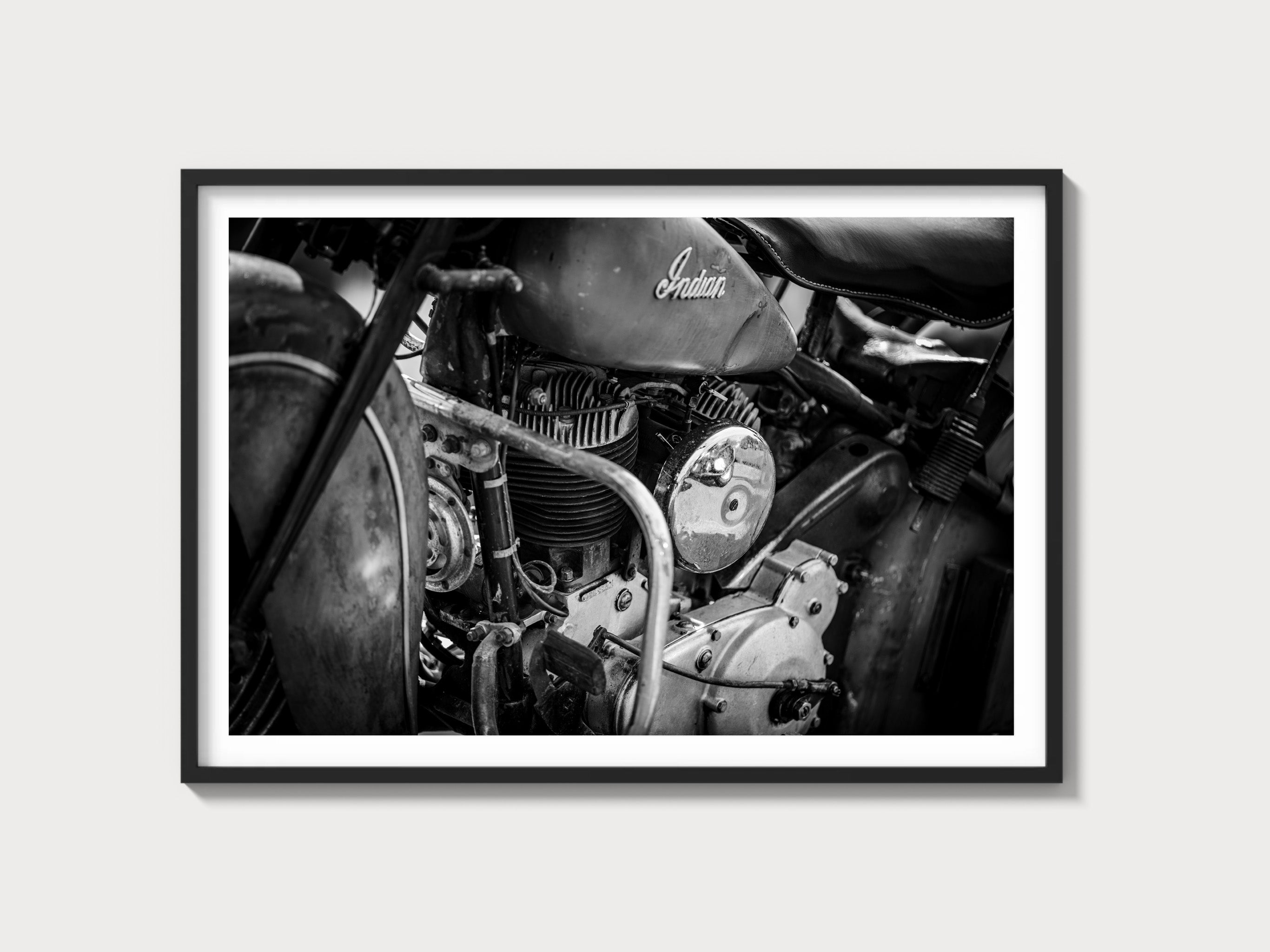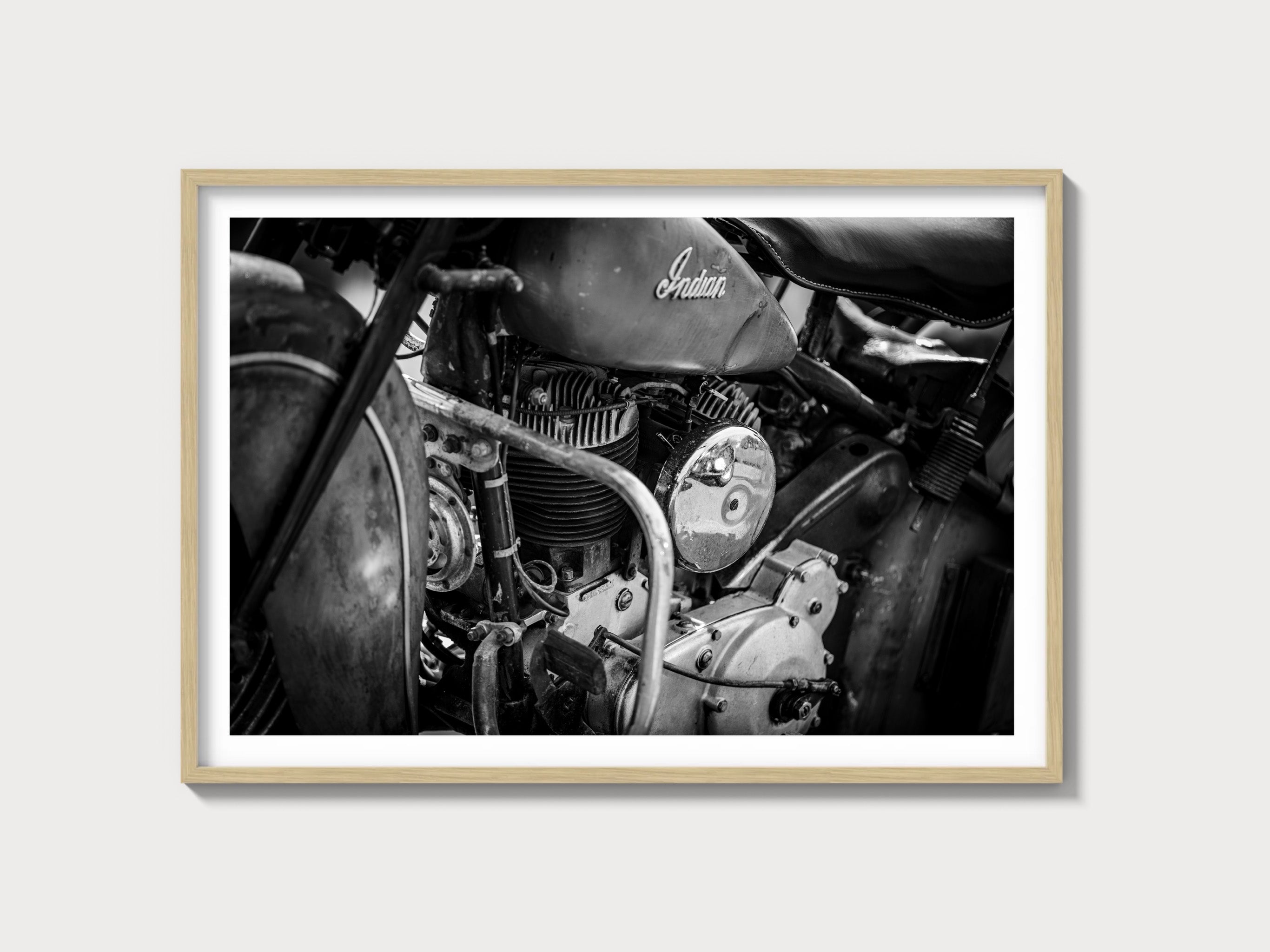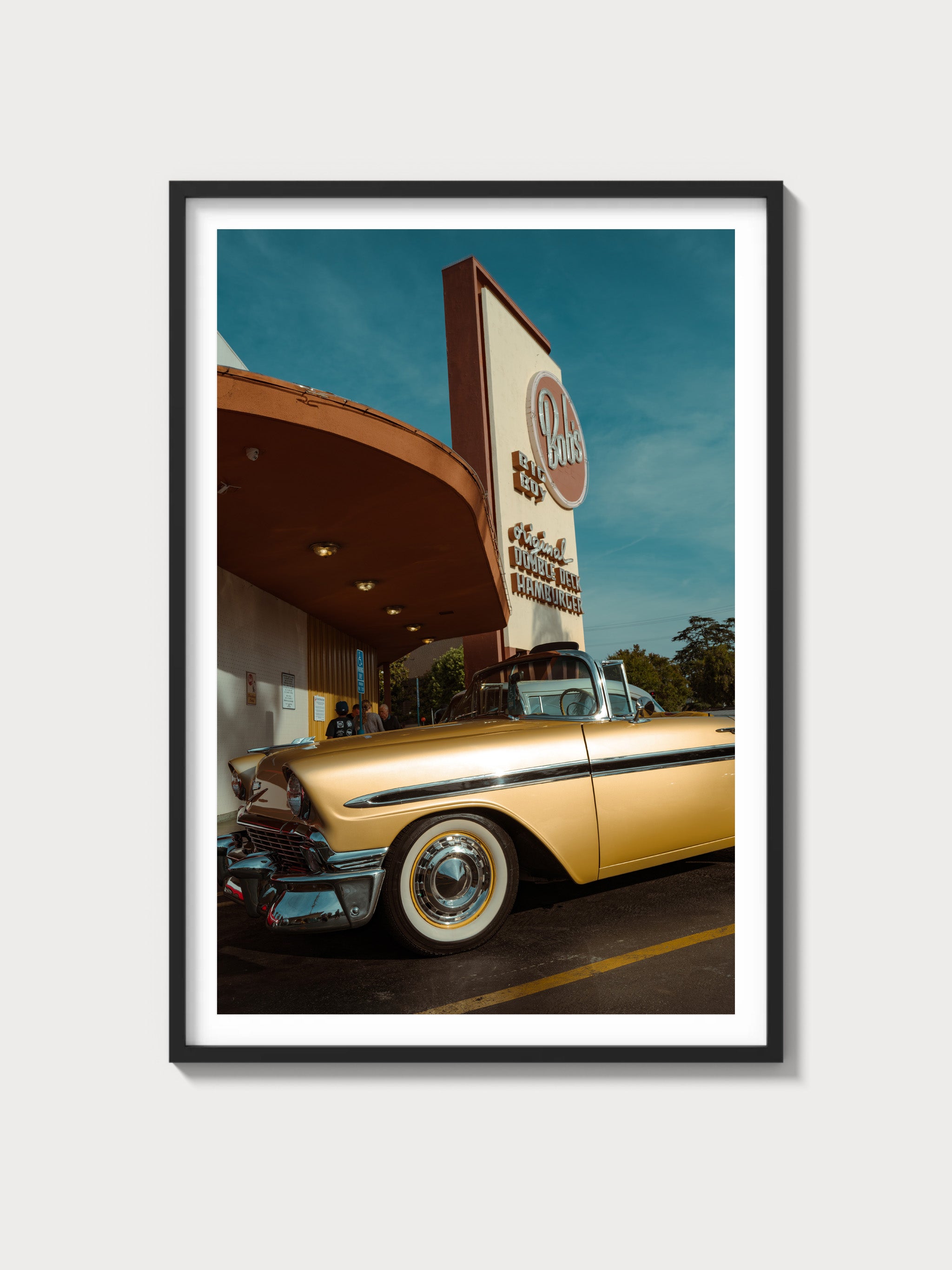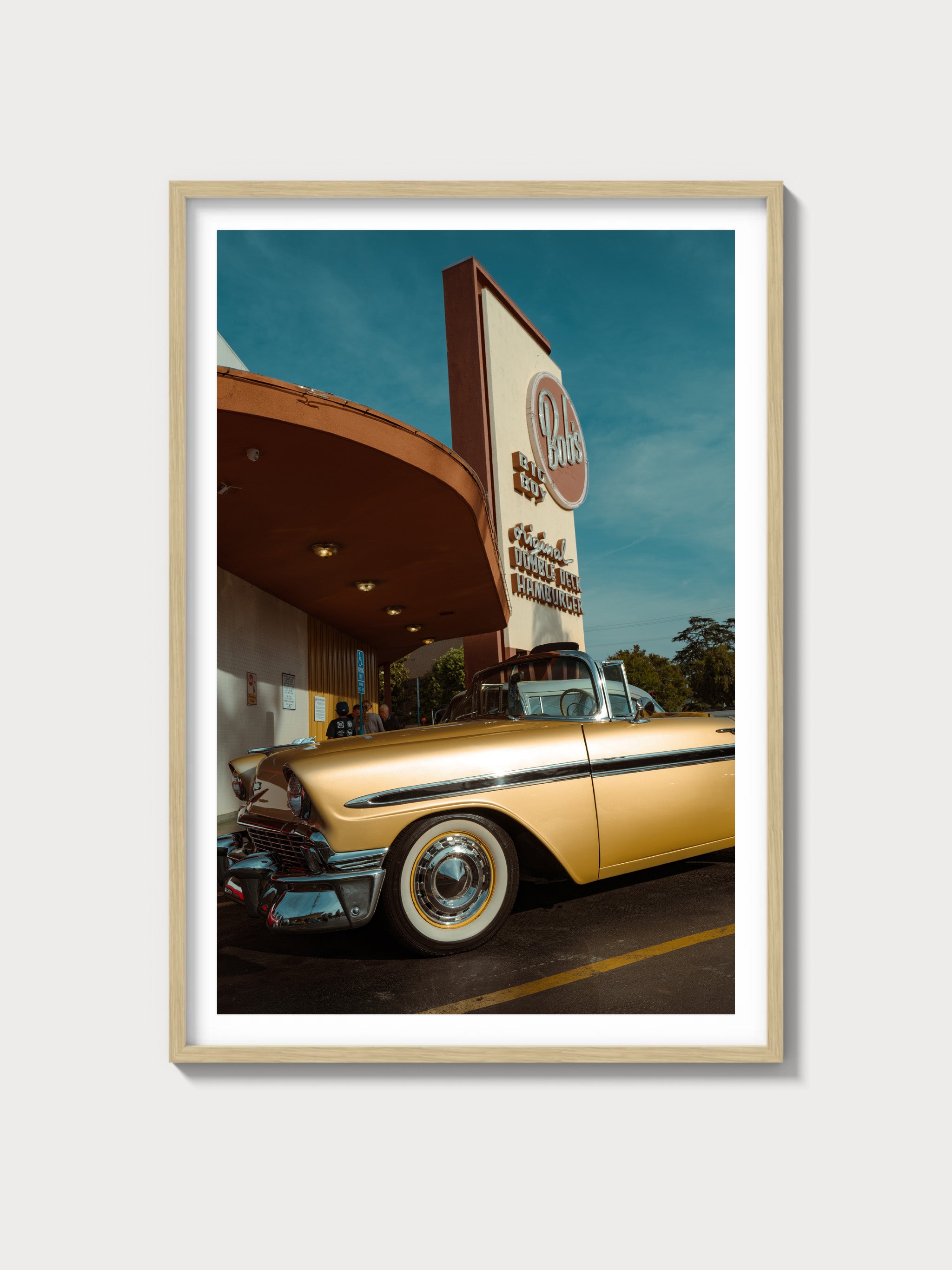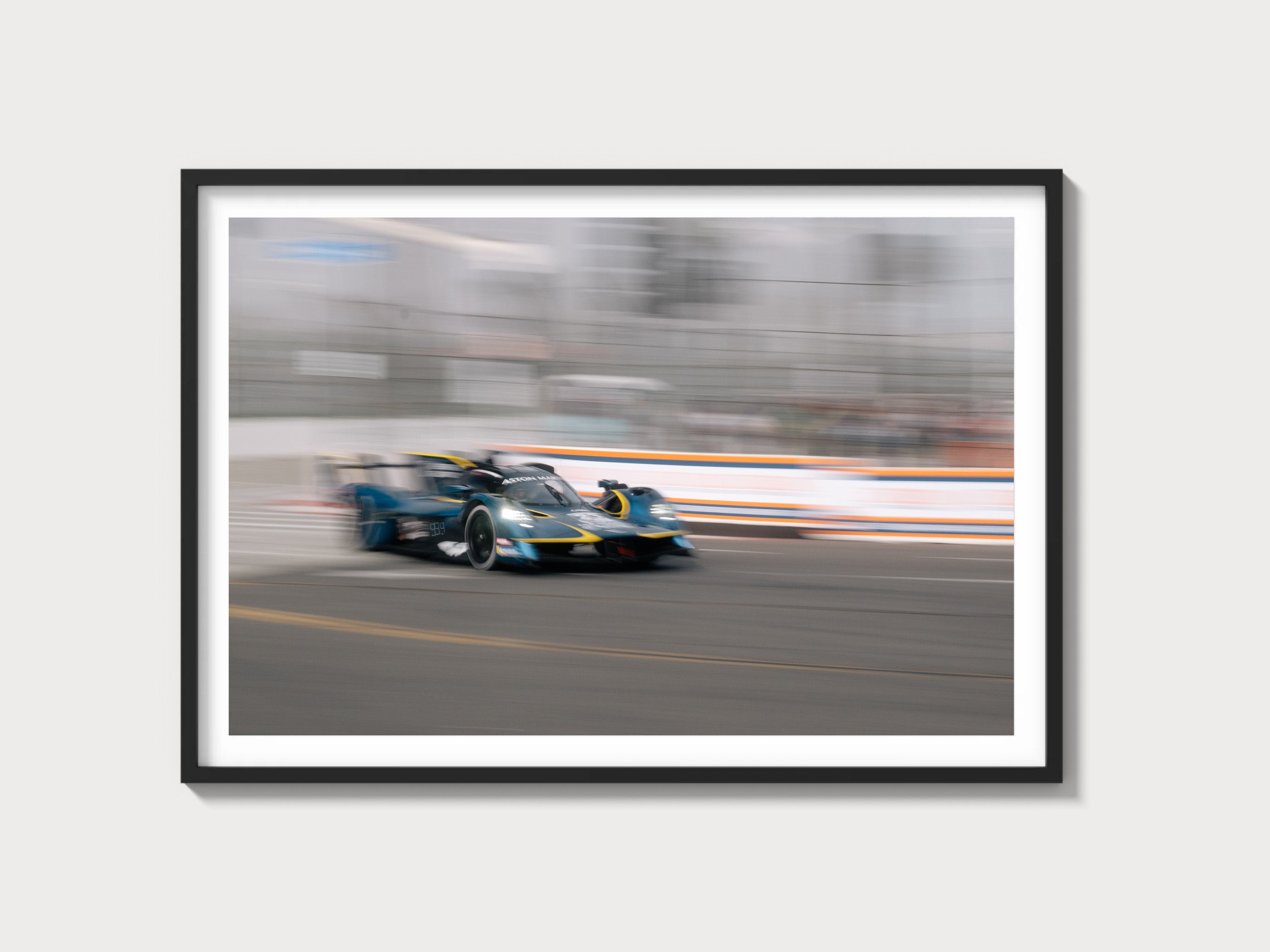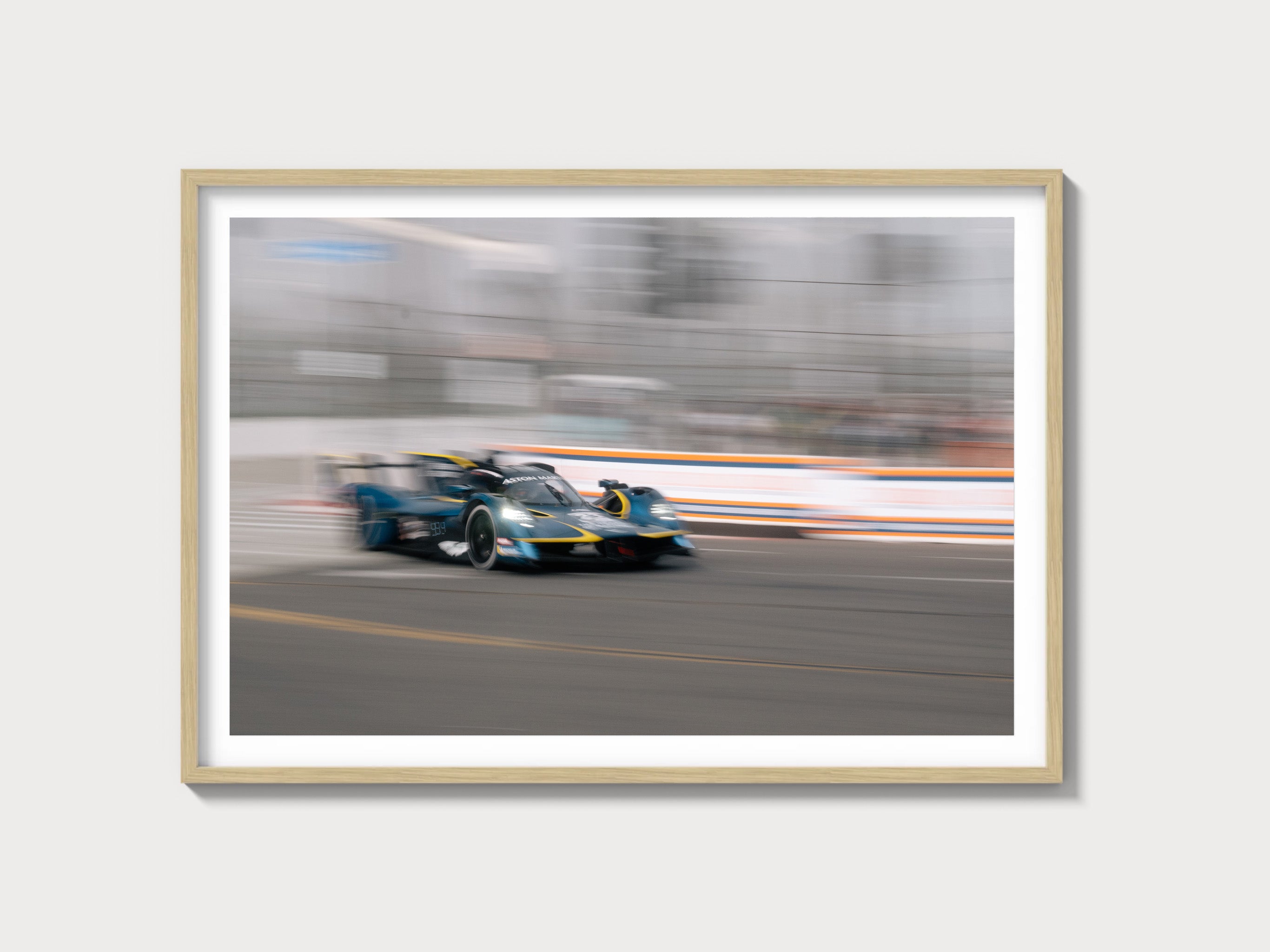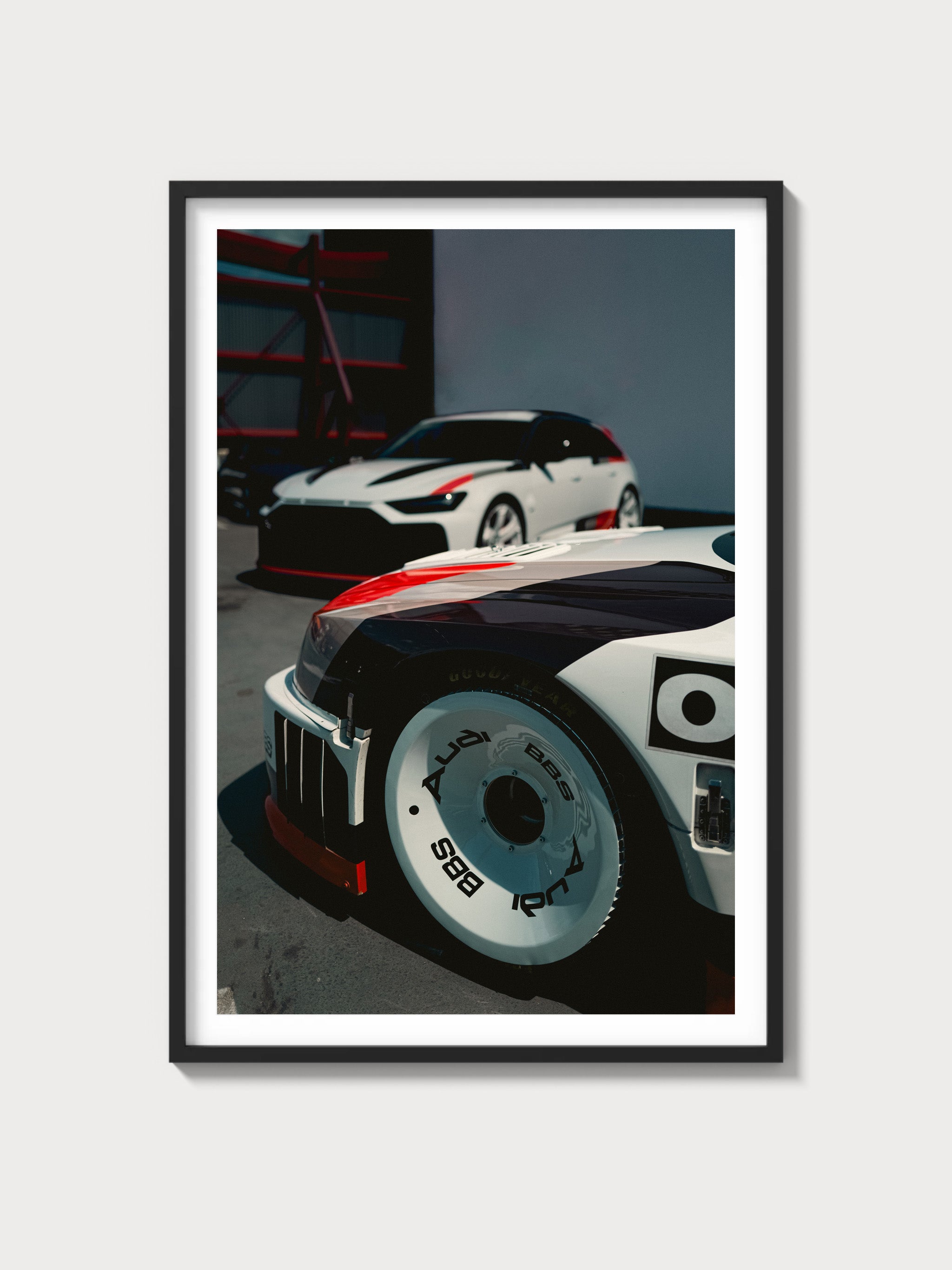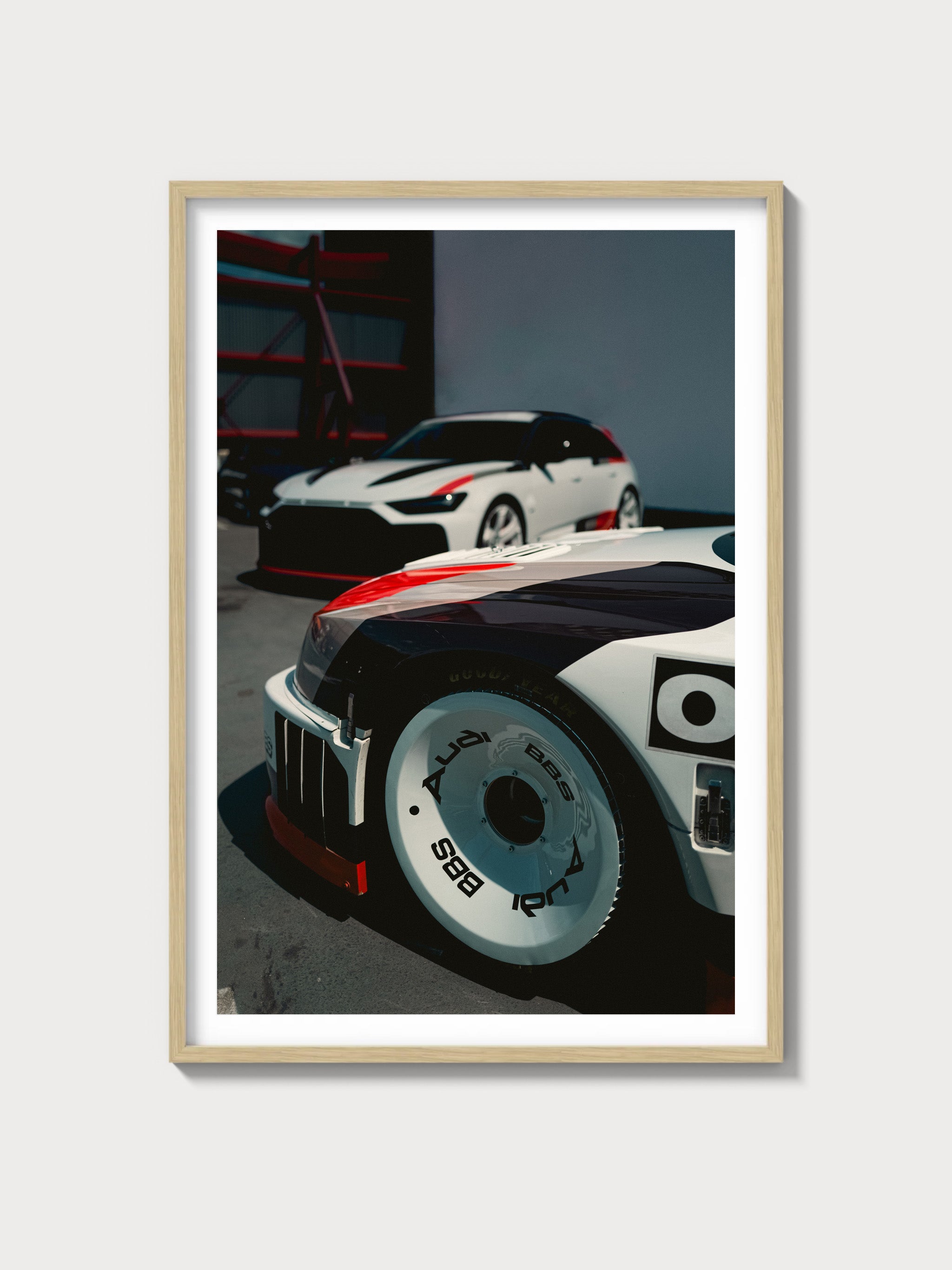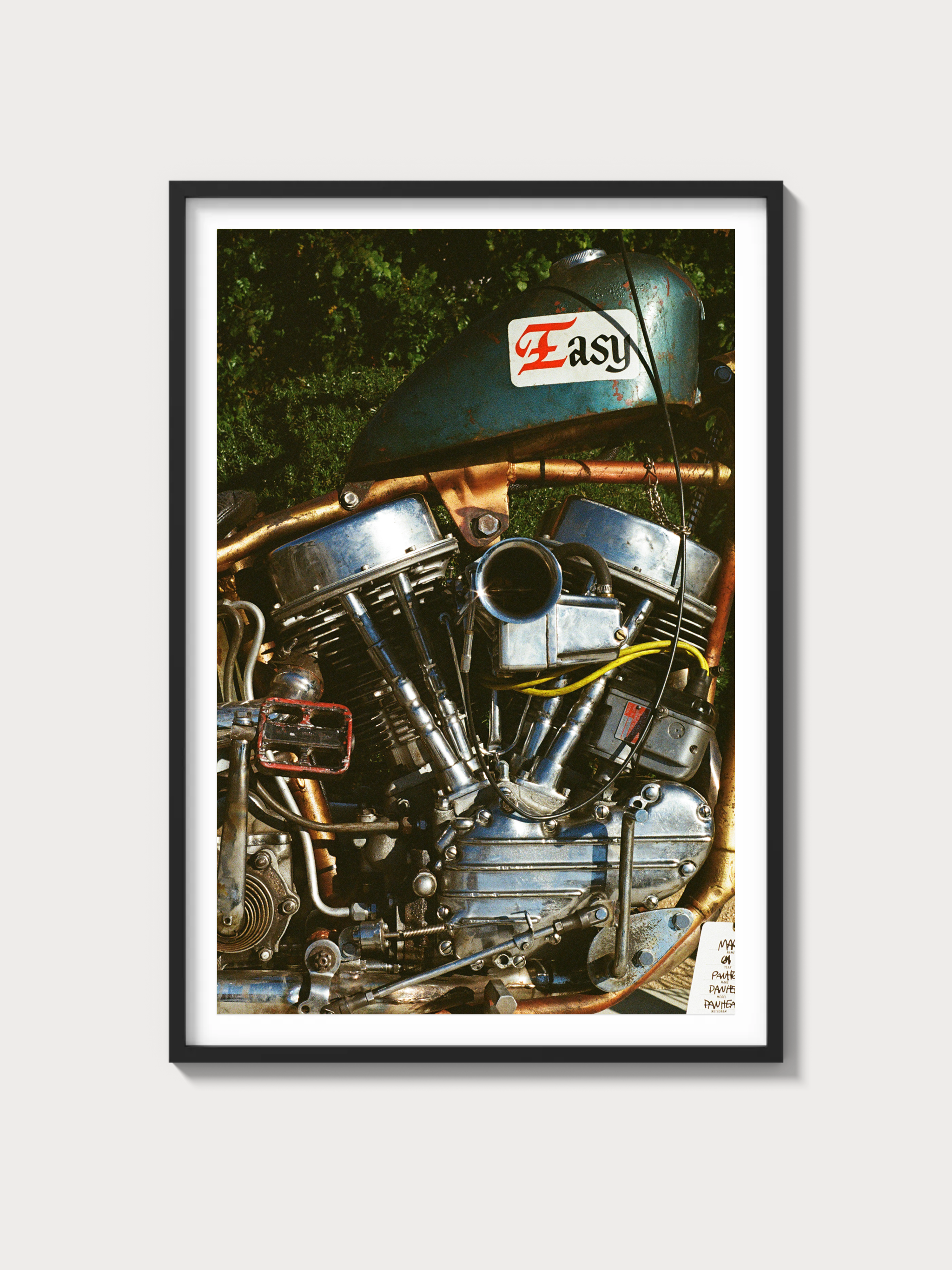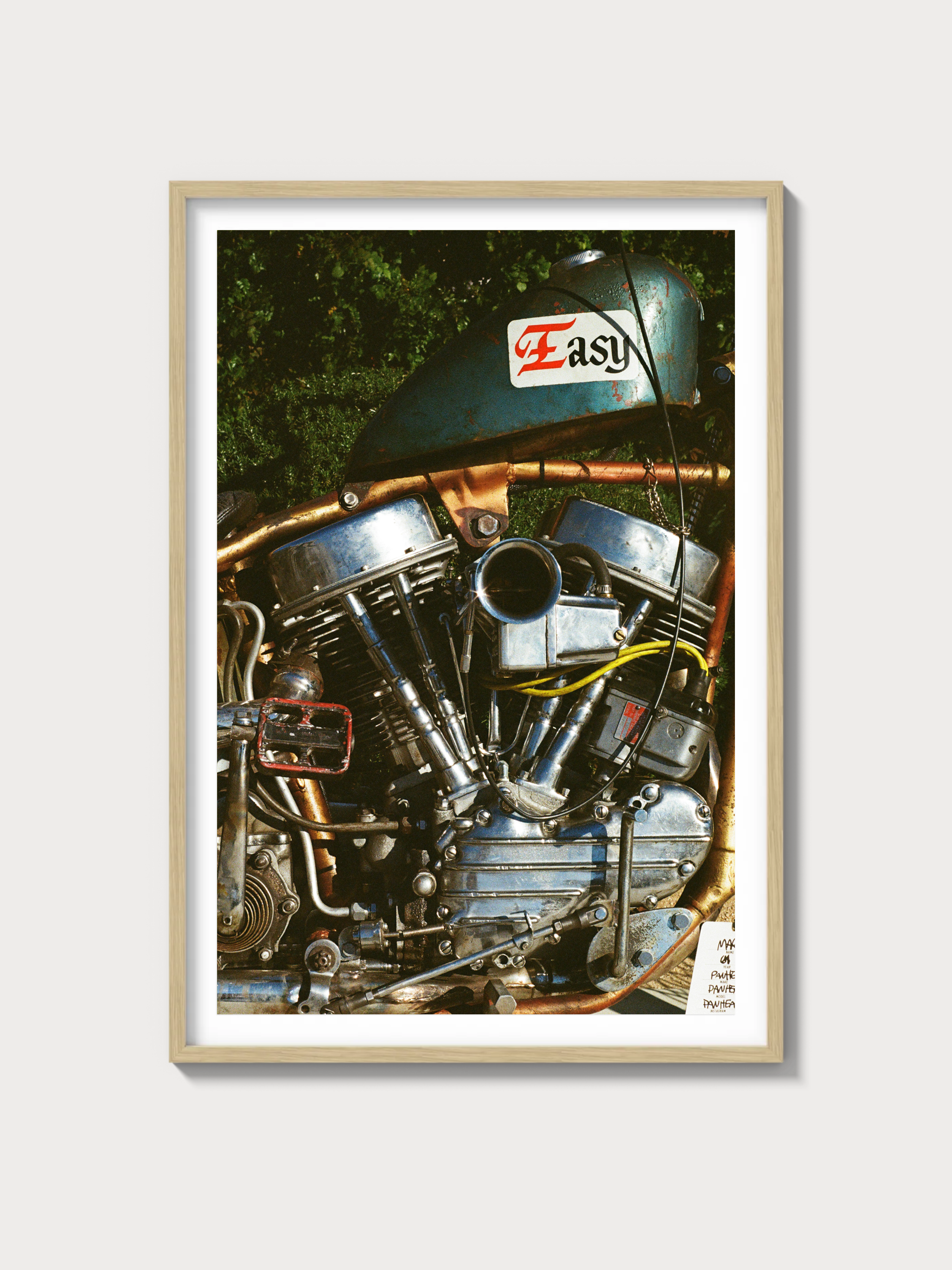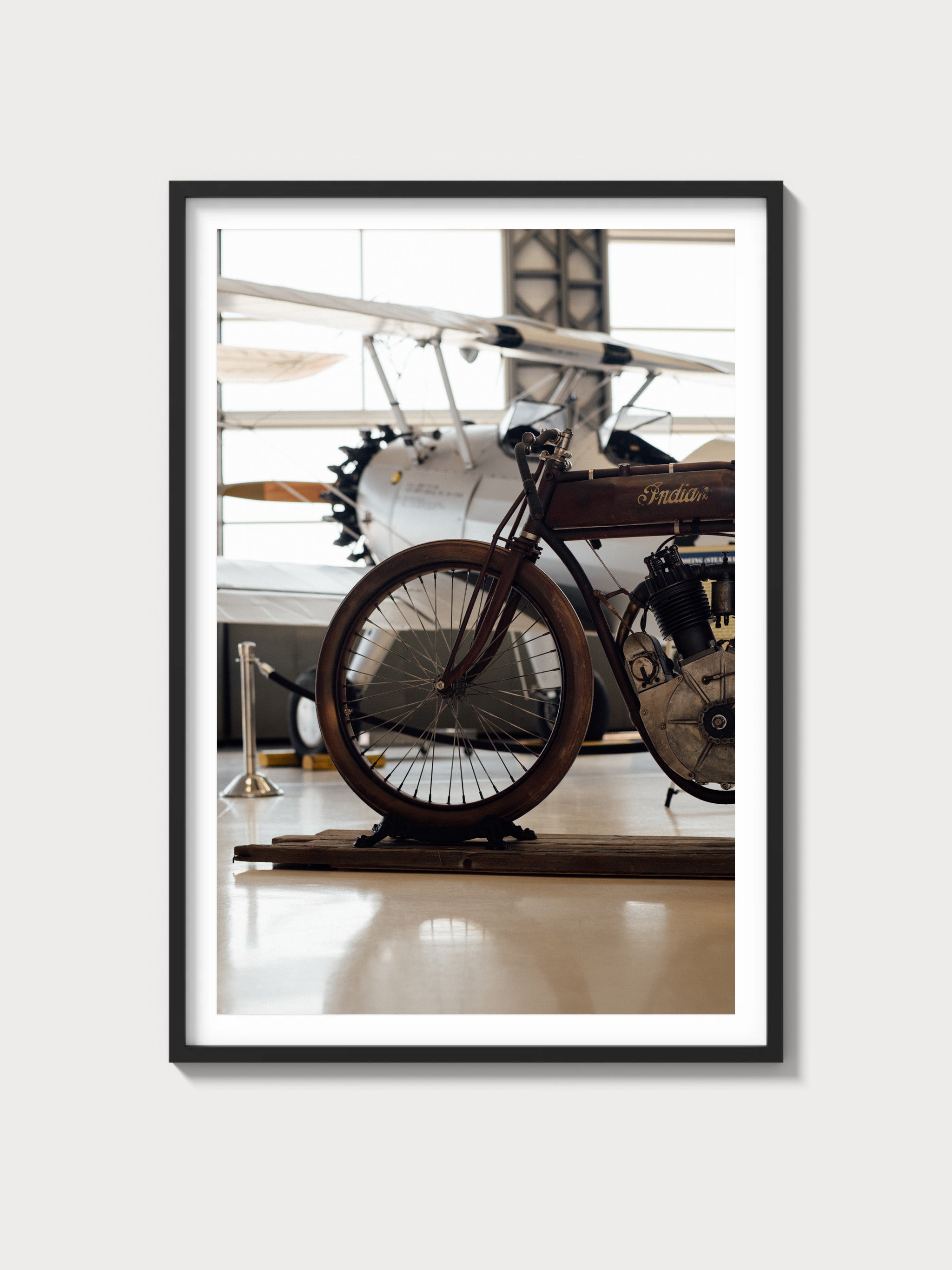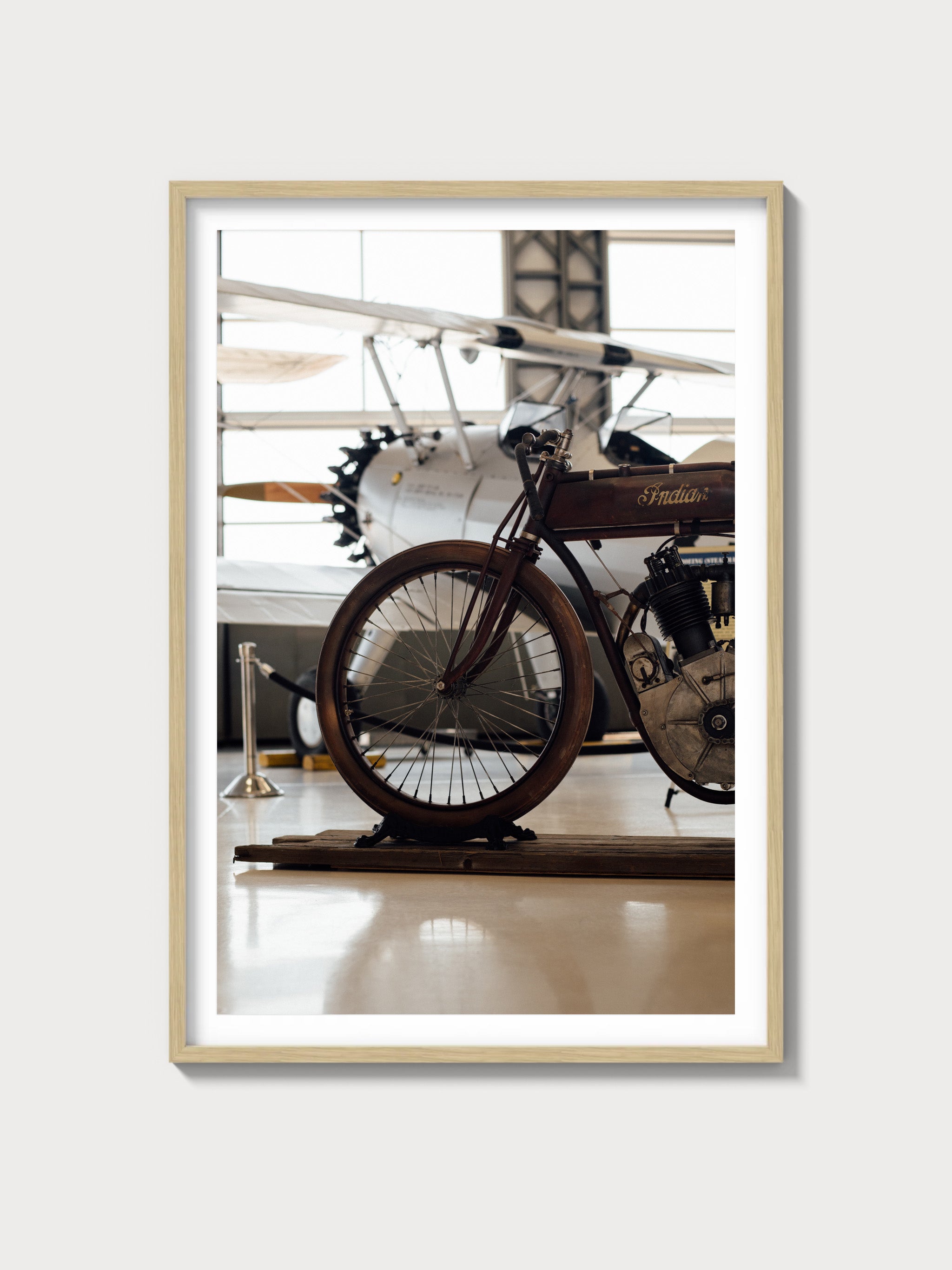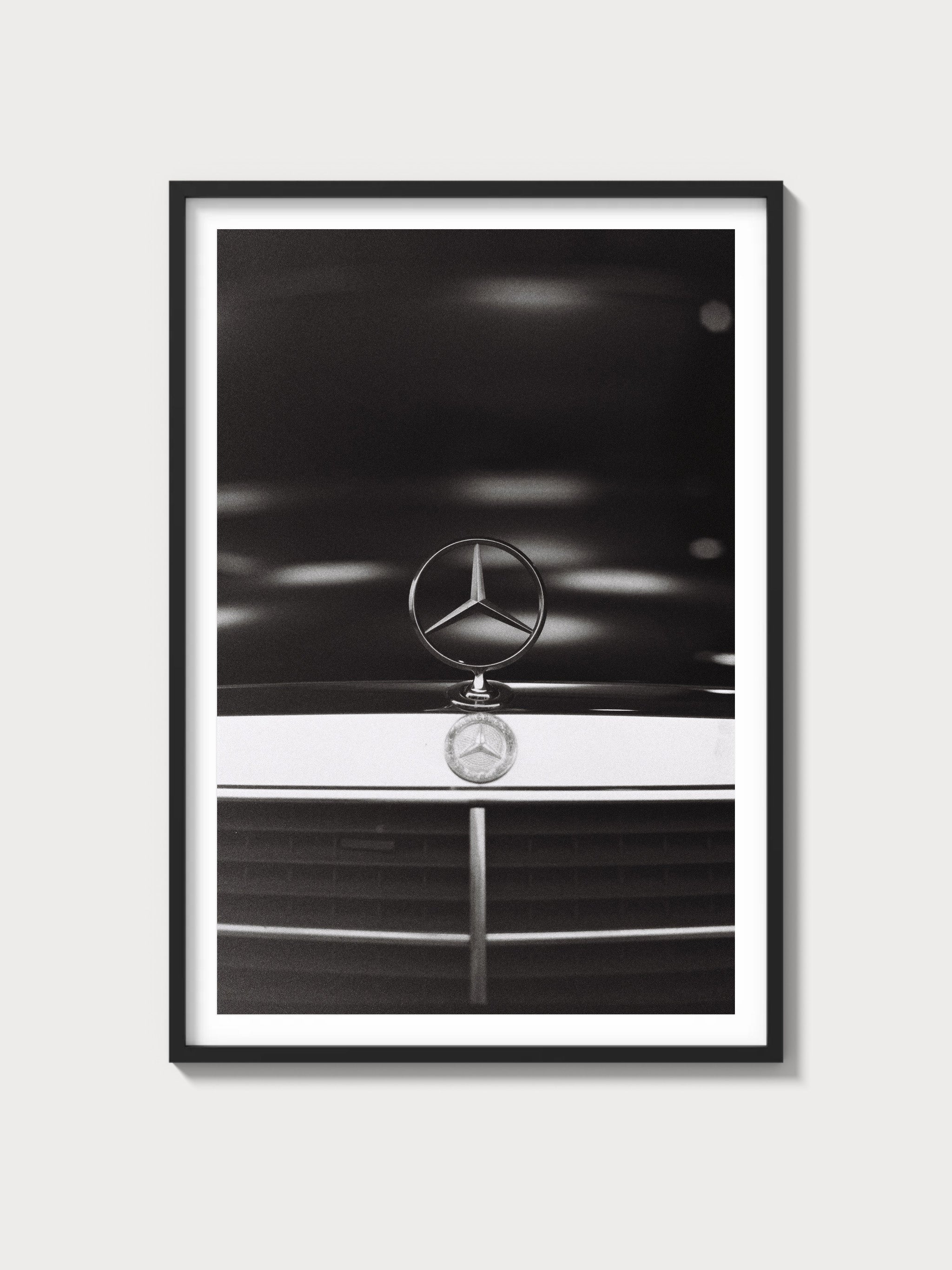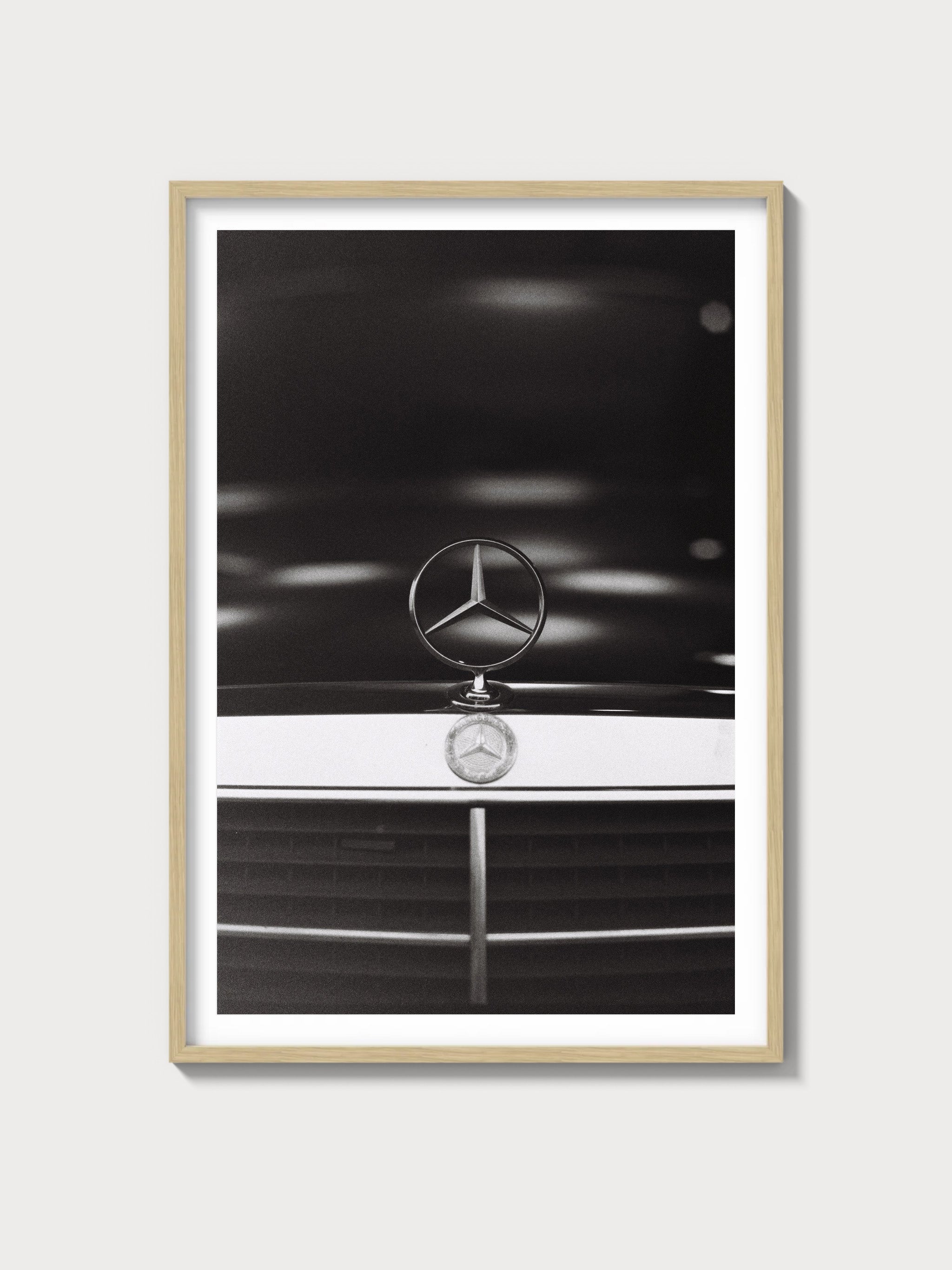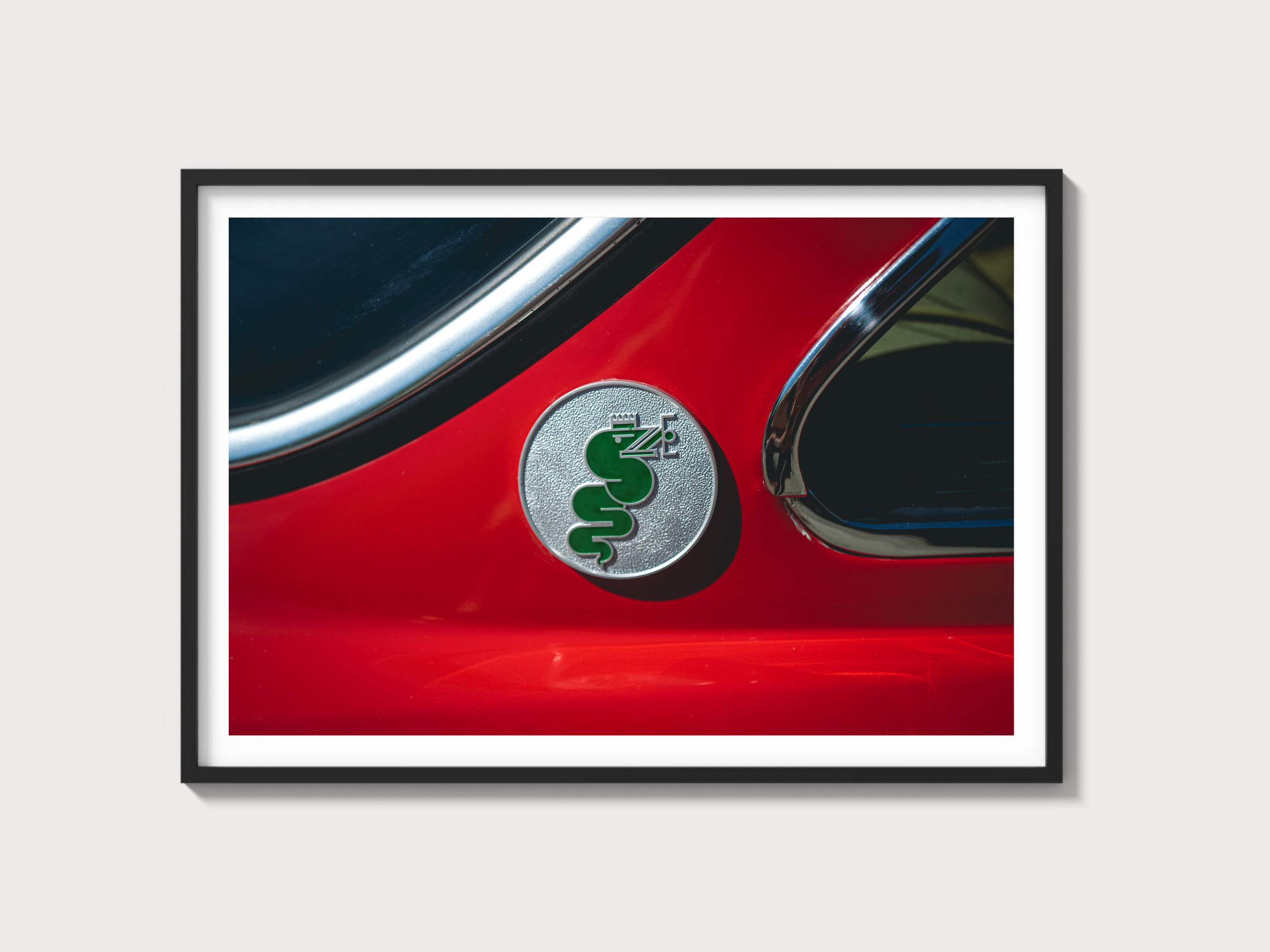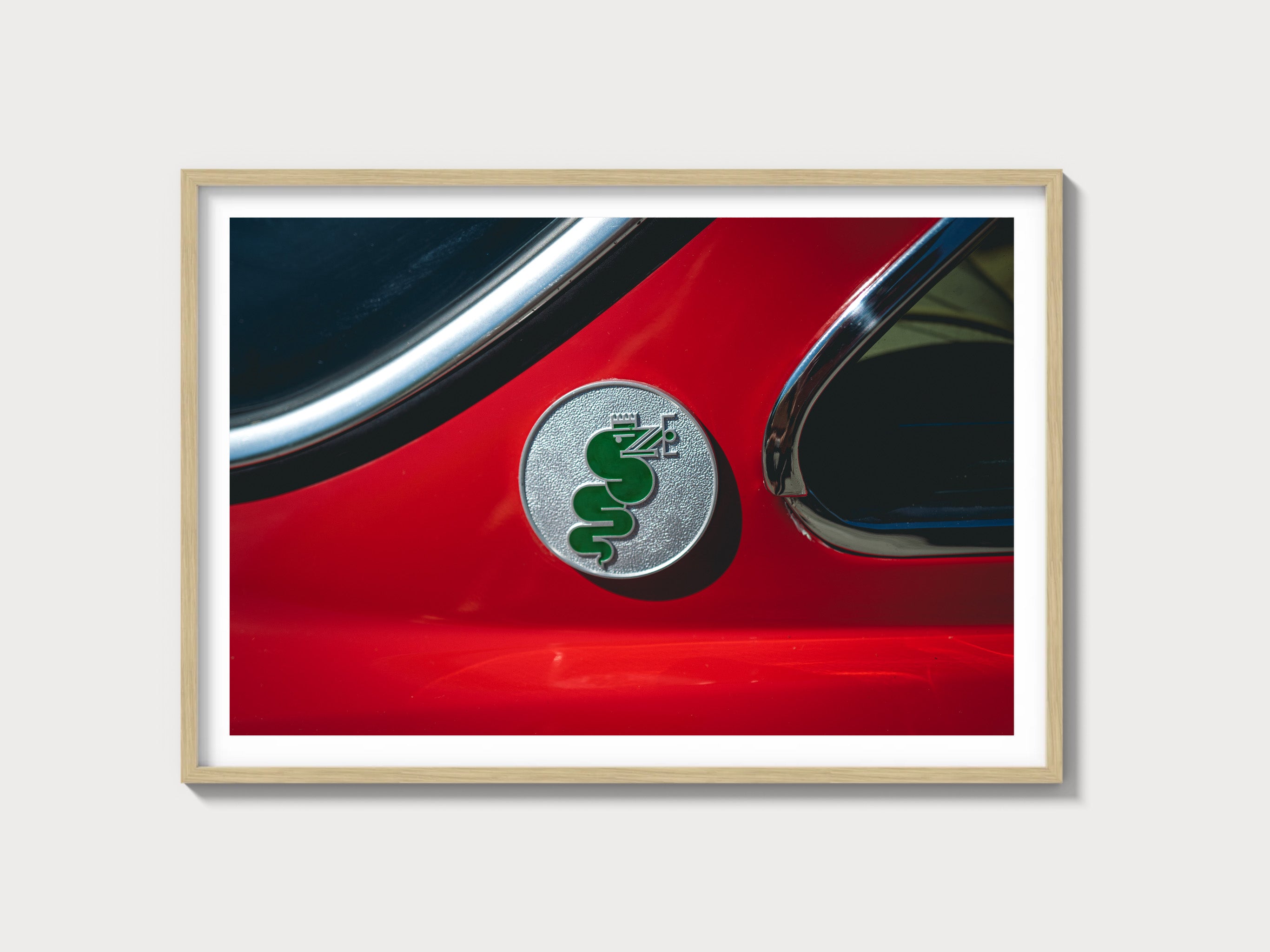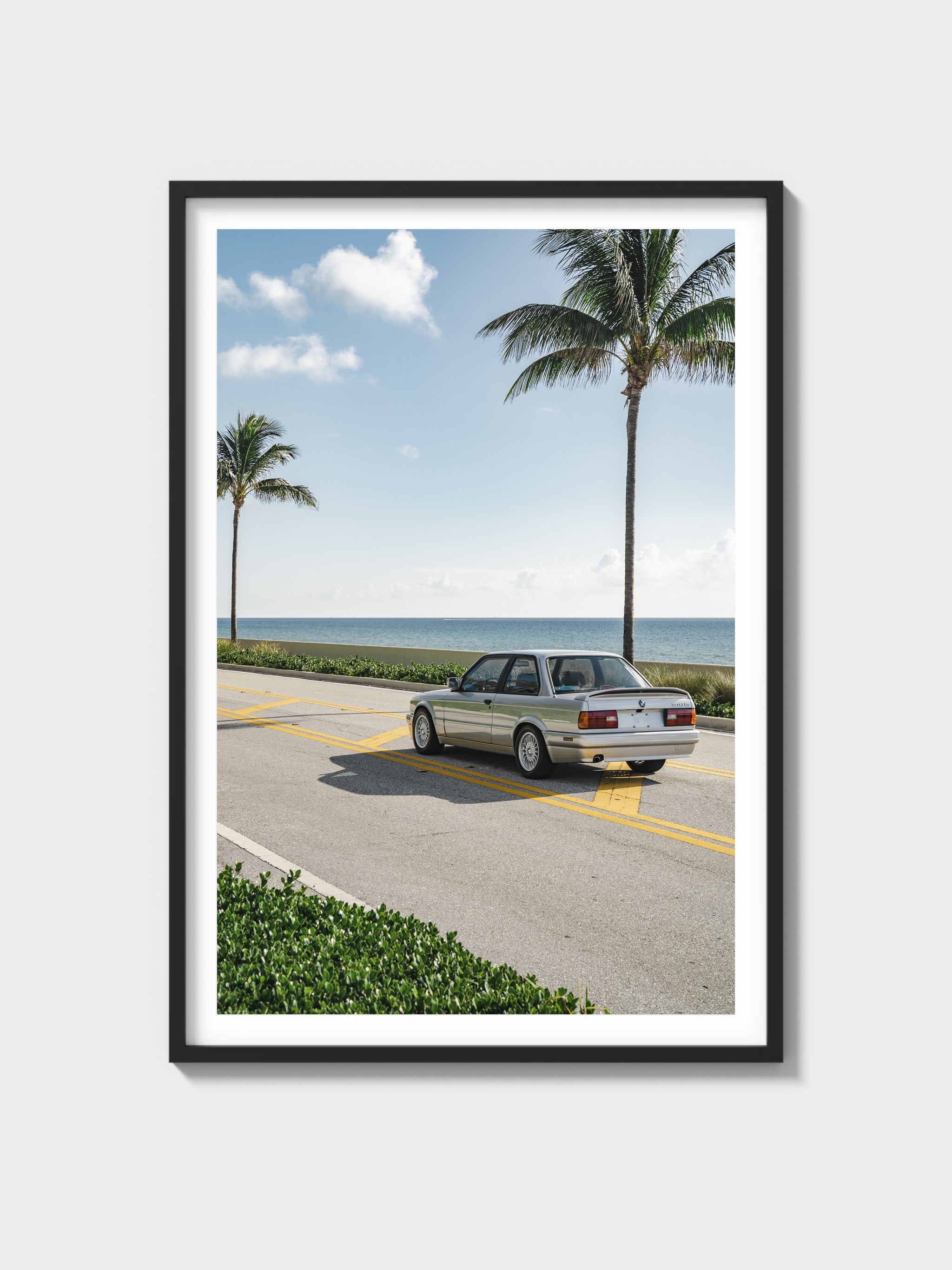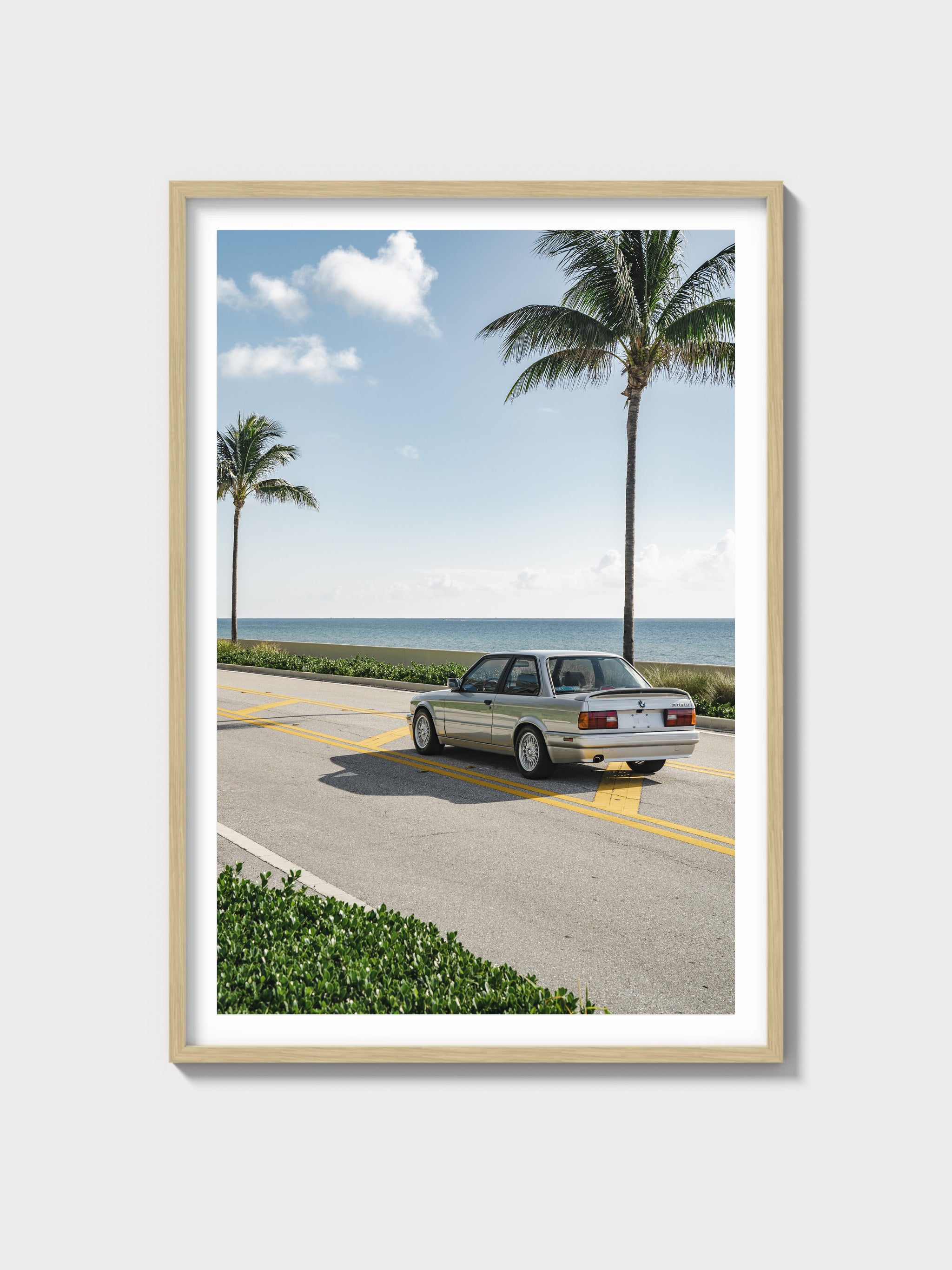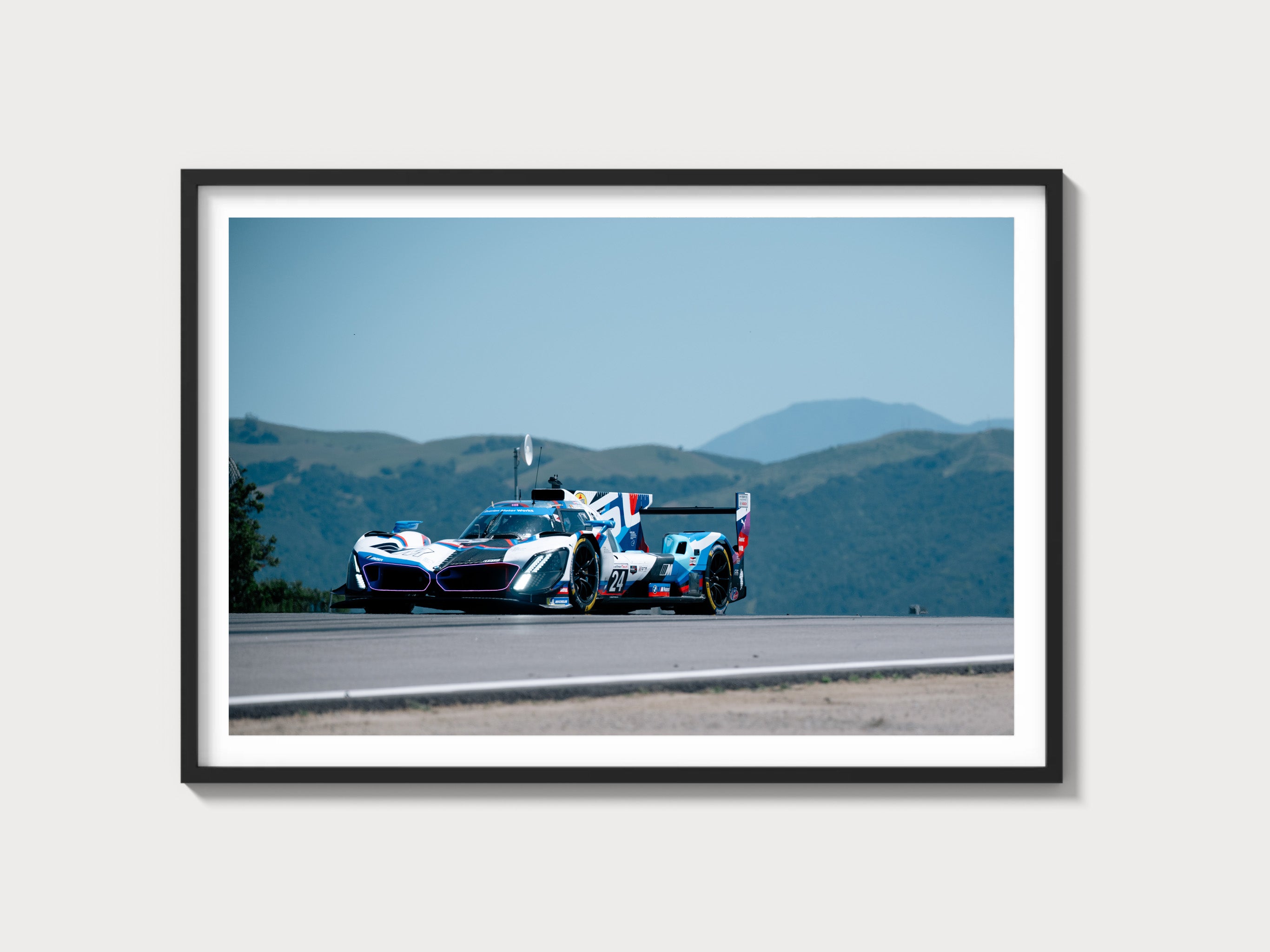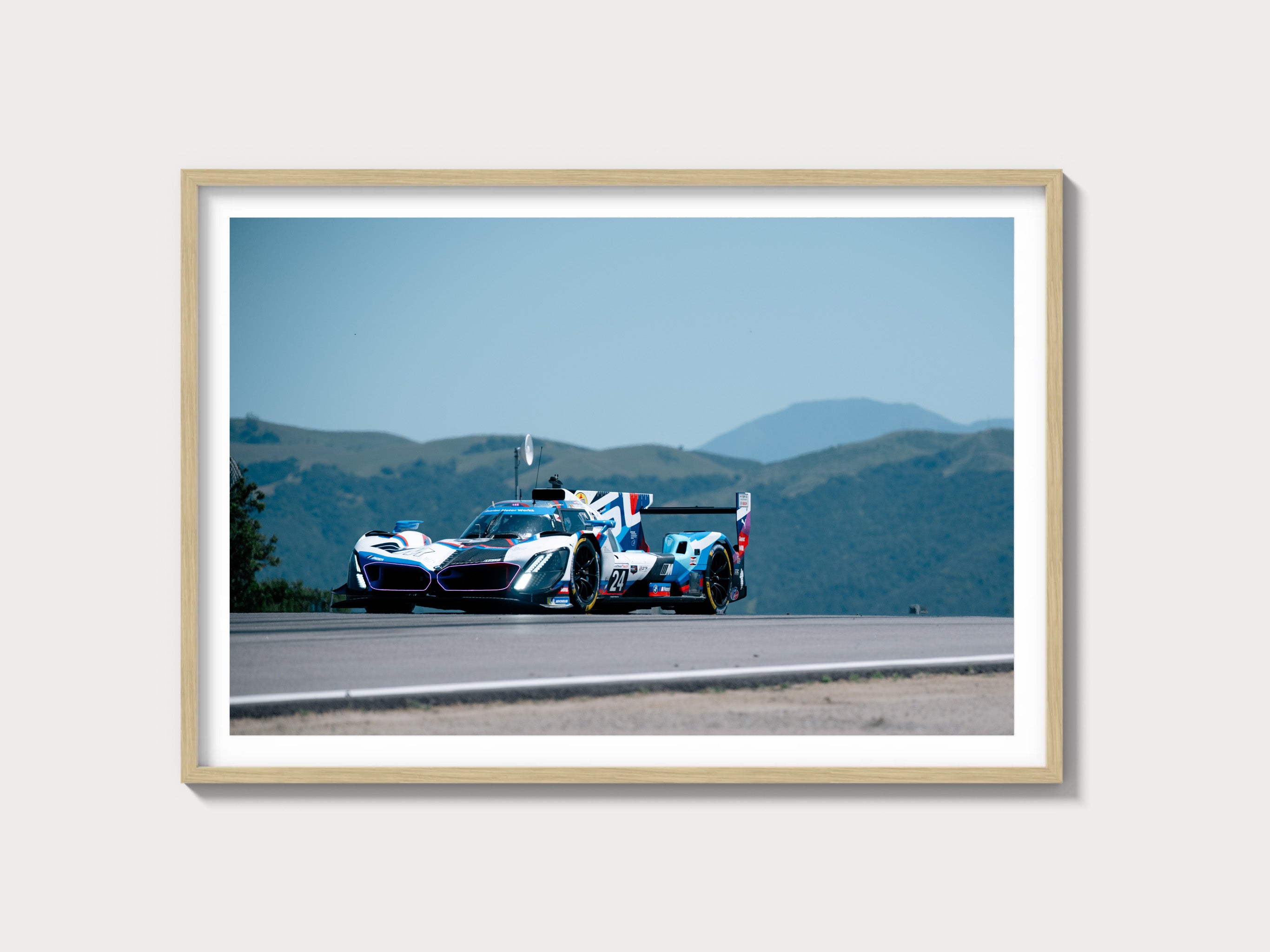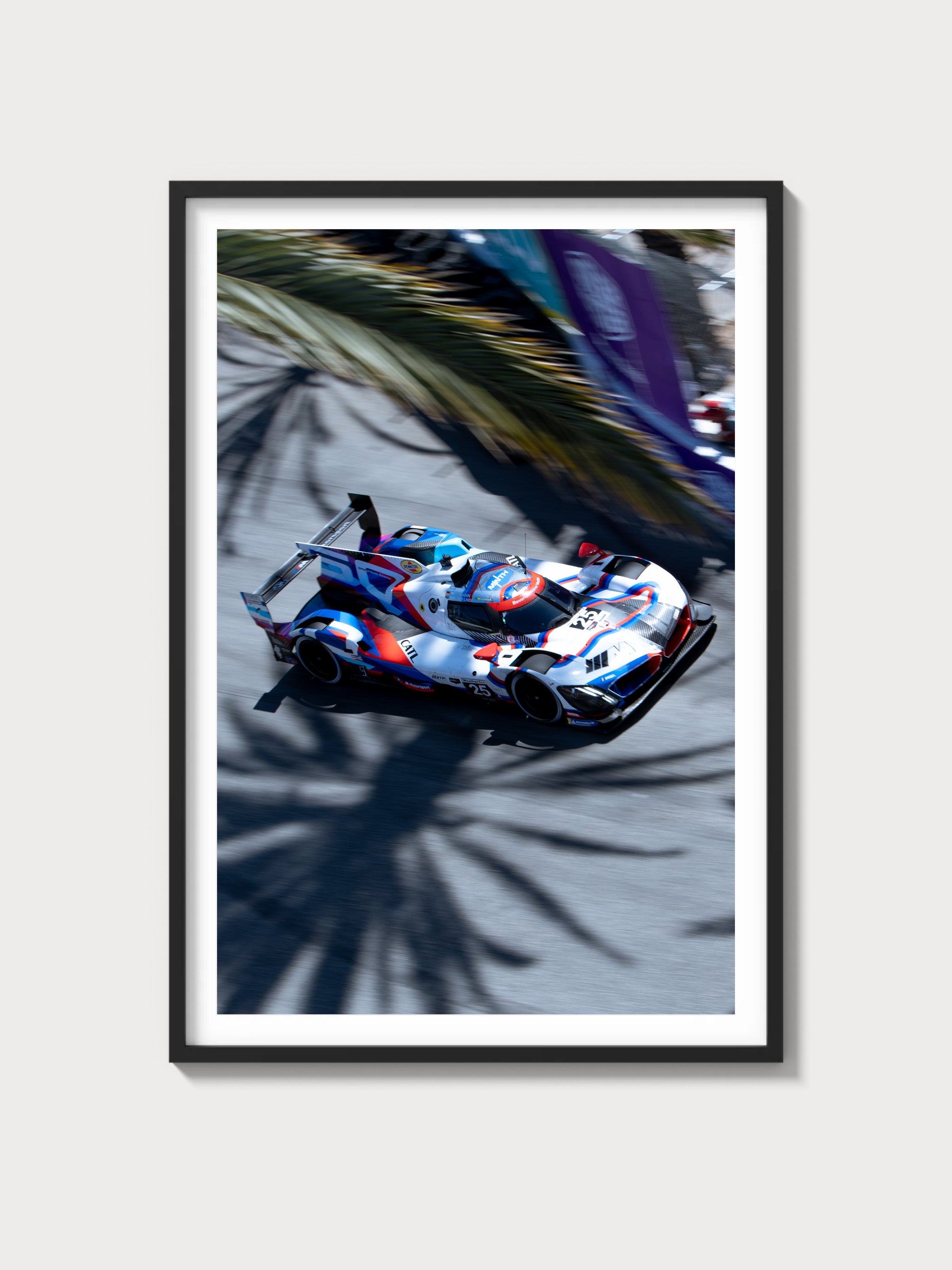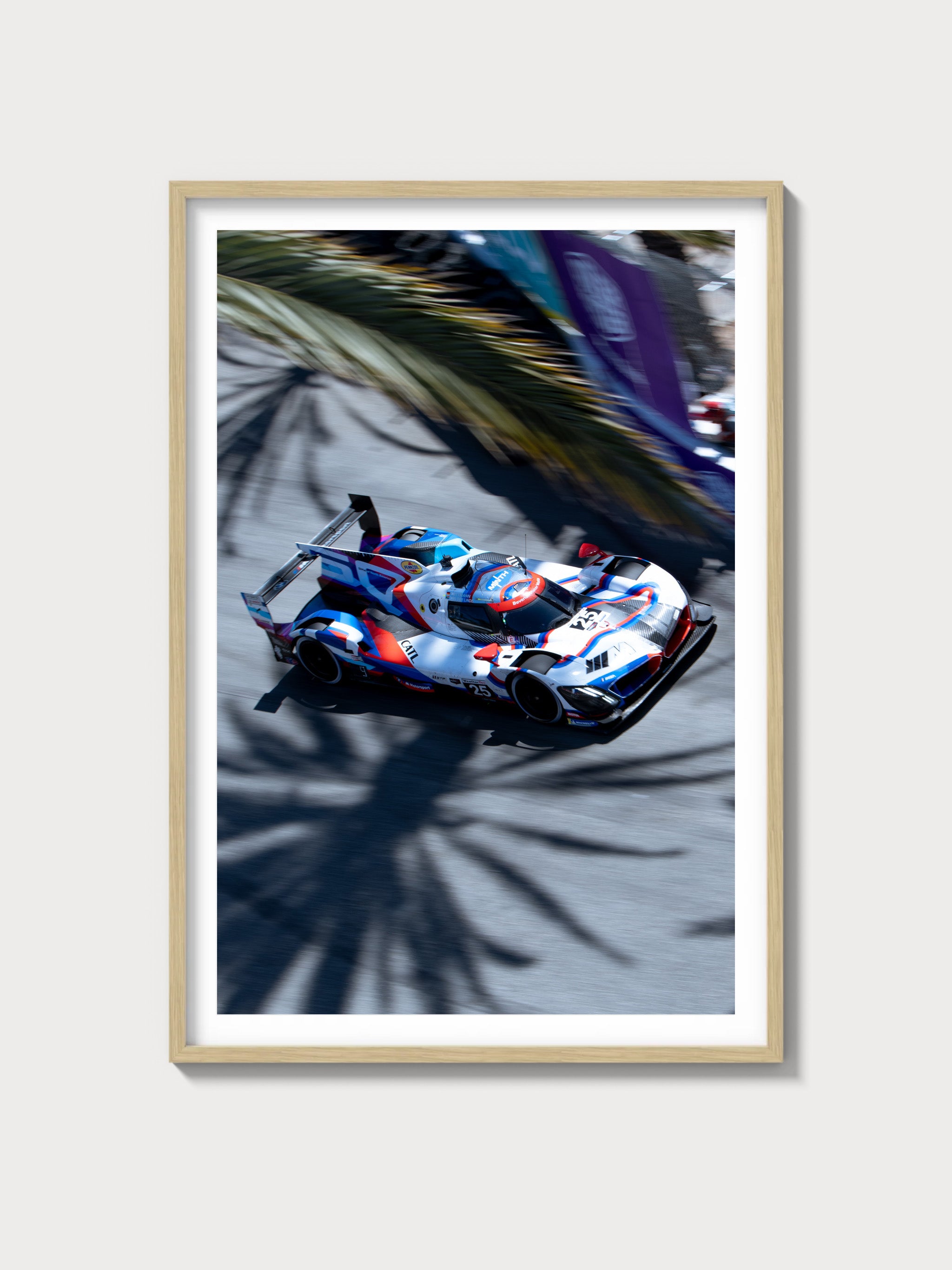The 1963–1965 Chevrolet Corvette L84: An Icon of Performance
Historical Context and Development Background
The Chevrolet Corvette, an emblem of American performance, underwent a significant transformation with its second generation, the C2, introduced in 1963. The Corvette L84, part of this illustrious lineup, emerged as a beacon for engineering prowess, with a focus on racing and high-performance driving. The brainchild of GM designer Bill Mitchell and engineer Zora Arkus-Duntov, the C2 Corvette, also known as the Sting Ray, featured a sleek, aerodynamic design that was both modern and aggressive. Unlike prior iterations, the C2 had a renewed focus on motorsport, competing against formidable contemporaries like the Jaguar E-Type and Ferrari 250 GTO.
Engine and Technical Specifications
| Specification | Details |
|---|---|
| Engine Configuration | V8 |
| Displacement | 327 cu in |
| Horsepower | 360 hp |
| Induction Type | Fuel Injection |
| Redline | 6,500 rpm |
| Fuel System | Rochester Mechanical FI |
| Compression Ratio | 11.25:1 |
| Bore/Stroke | 4.00 in / 3.25 in |
Driving Experience and Handling Dynamics
The Corvette L84 was renowned for its nimble handling and visceral driving experience. Equipped with a fully independent suspension, it delivered a balanced ride, while the robust V8 engine offered a relentless surge of power. The 4-speed manual gearbox provided precise shifts, further enhancing the driver's connection with the car. The steering, though hefty, was communicative, giving the driver confidence through corners, a testament to Duntov's influence.
Full Performance Specifications
| Performance Metric | Details |
|---|---|
| 0–60 mph | 5.9 seconds |
| Top Speed | 150 mph |
| Quarter-Mile | 14.5 seconds |
| Weight | 3110 lbs |
| Layout | FR (Front-engine, rear-wheel-drive) |
| Brakes | Disc (front), Drum (rear) |
| Suspension | Independent front and rear |
| Gearbox Type | 4-speed manual |
Variant Breakdown
- 1963: Known for the split-window coupe, limited to 10,594 units.
- 1964: Transition to a single rear window, produced 8,304 units.
- 1965: Introduction of disc brakes on all four wheels, 8,186 units produced.
Ownership Notes
Maintaining a Corvette L84 requires diligence, given its complex fuel injection system. Parts availability remains relatively high due to a dedicated enthusiast community and numerous specialist suppliers. Restoration can be challenging, particularly for the fuel system and unique body panels, but the reward is a truly iconic driving machine. Regular service intervals are crucial to preserve its performance and reliability.
Cultural Relevance
The Corvette L84 has cemented its place in popular culture, featuring in several films and television shows that underscore its status as an American icon. Its desirability among collectors is evidenced by its presence at top-tier auctions, where well-preserved examples command high premiums. The car’s racing legacy, bolstered by victories in SCCA competitions, further enhances its legendary status.
FAQs
Is the Corvette L84 reliable? Yes, with proper maintenance, it can be quite reliable, though the fuel injection system requires regular attention.
What are current value trends for the Corvette L84? Prices have been steadily increasing, particularly for well-documented, original examples.
What are the known problems with the L84? The fuel injection system can be temperamental and costly to repair if neglected.
Is the Corvette L84 a good investment? For enthusiasts and collectors, it offers a blend of historical significance and driving pleasure, making it a sound investment.

